
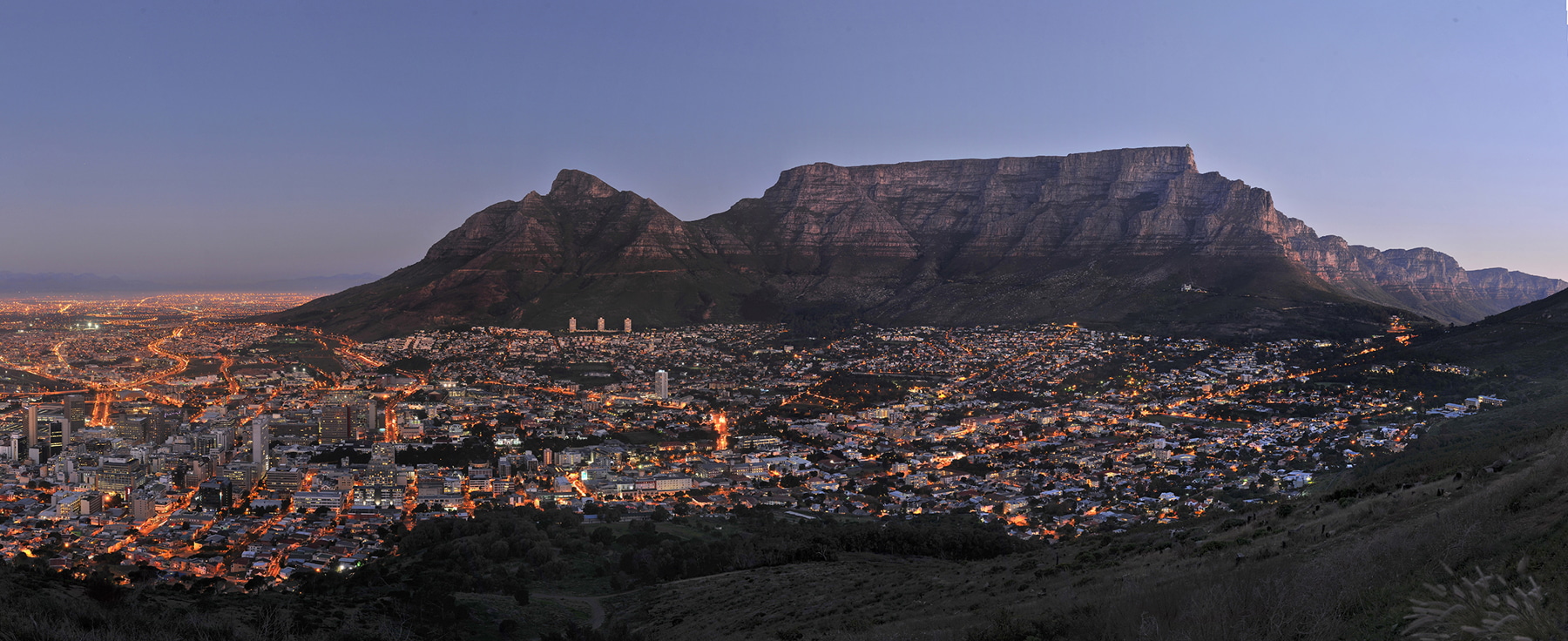
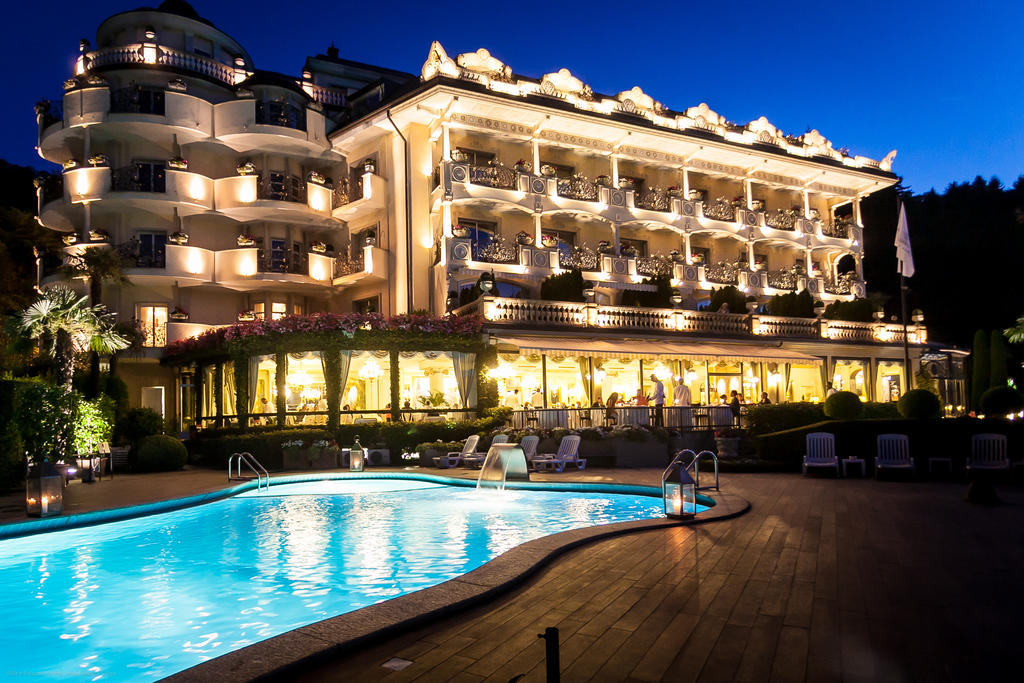
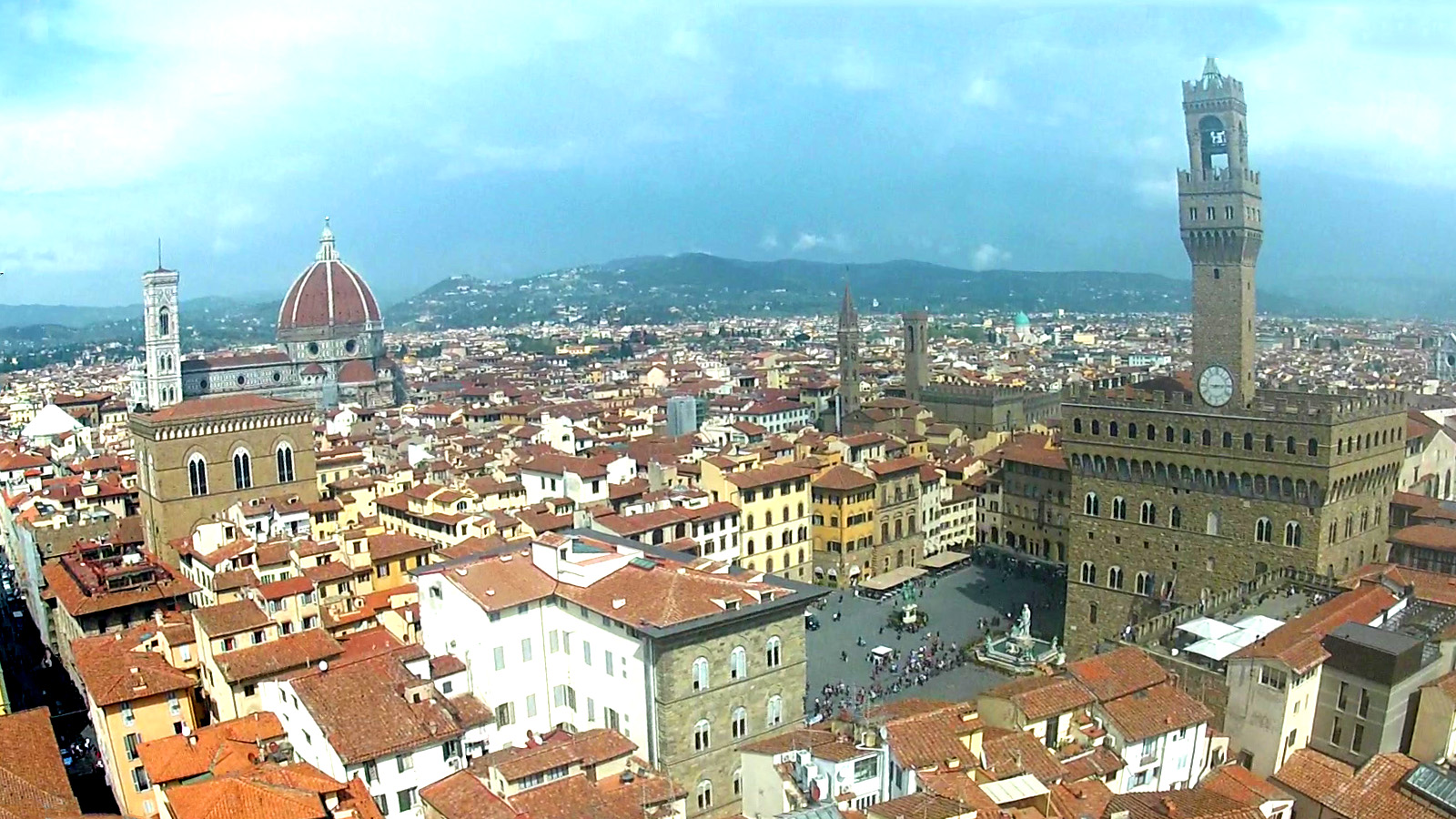
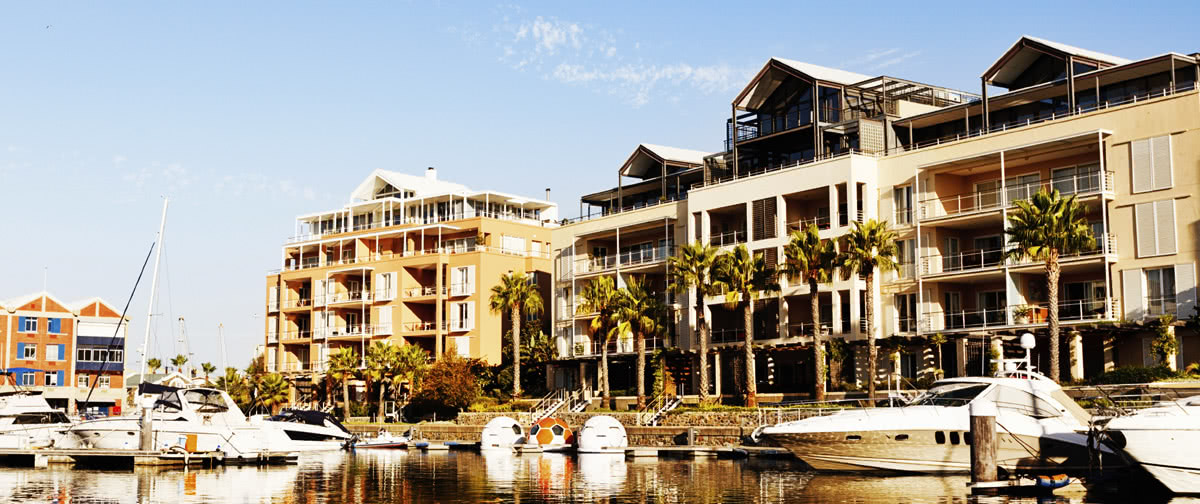
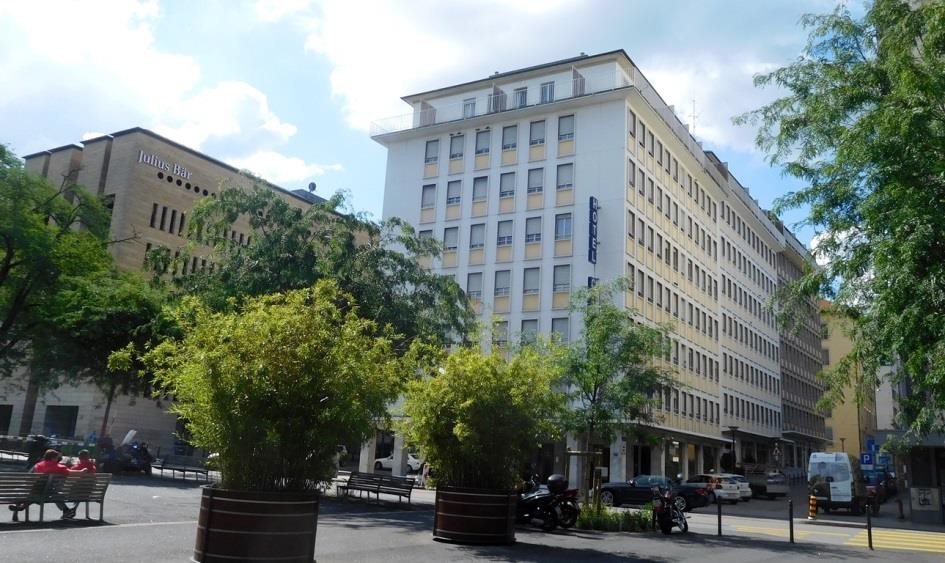
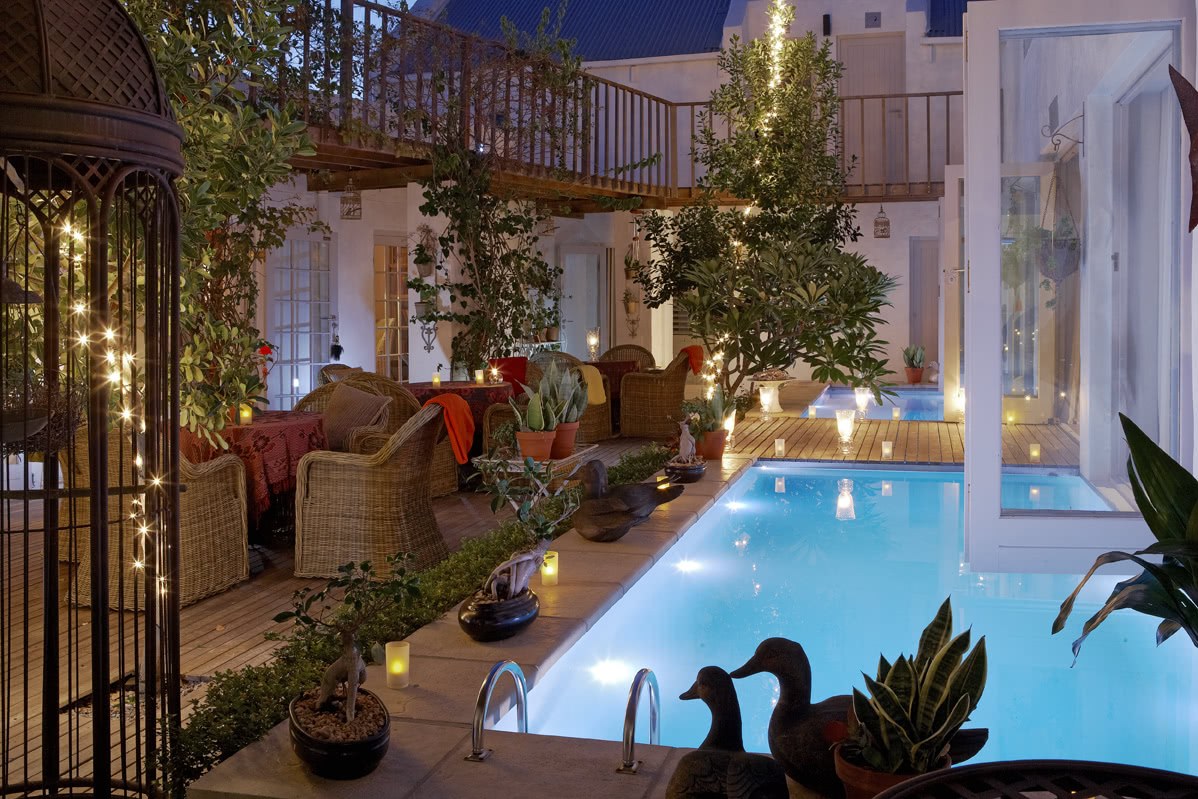
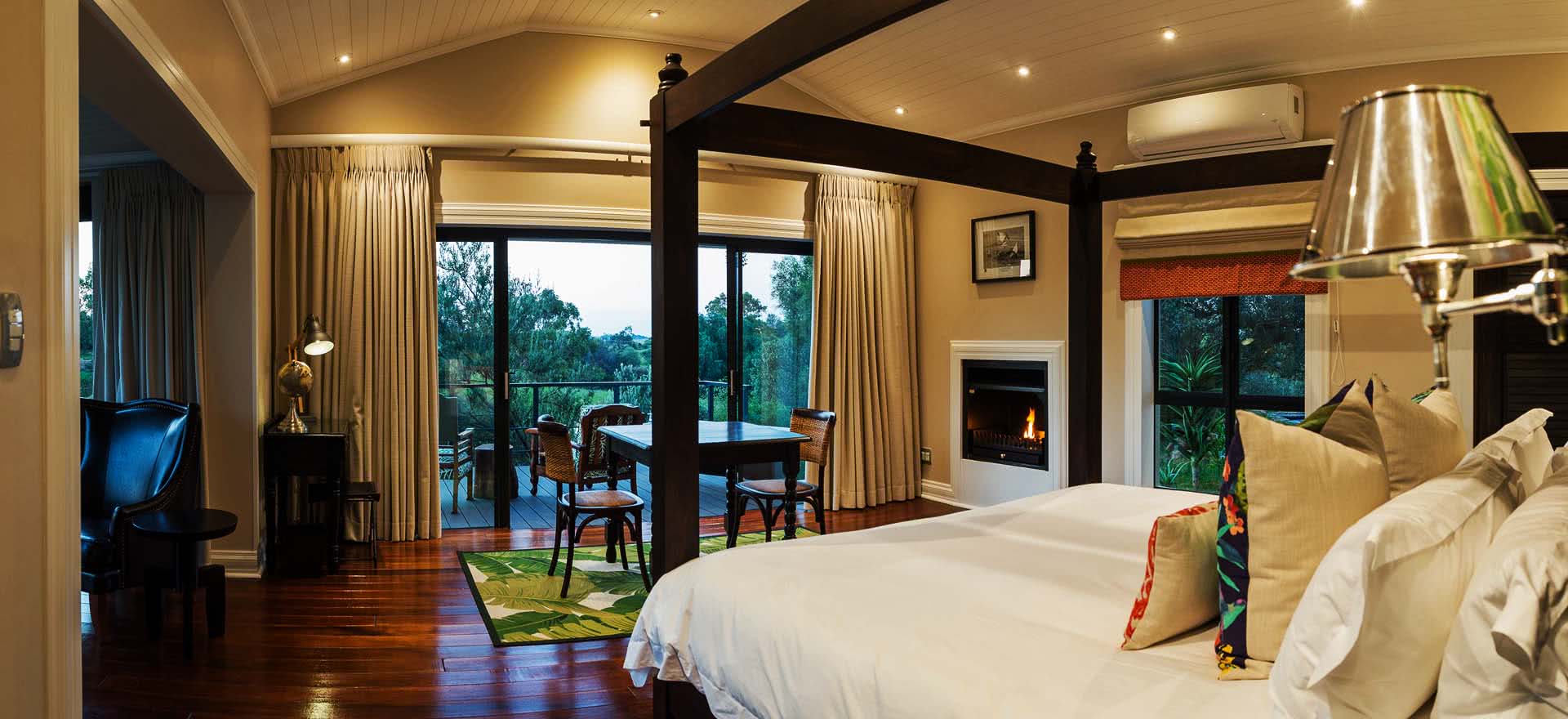
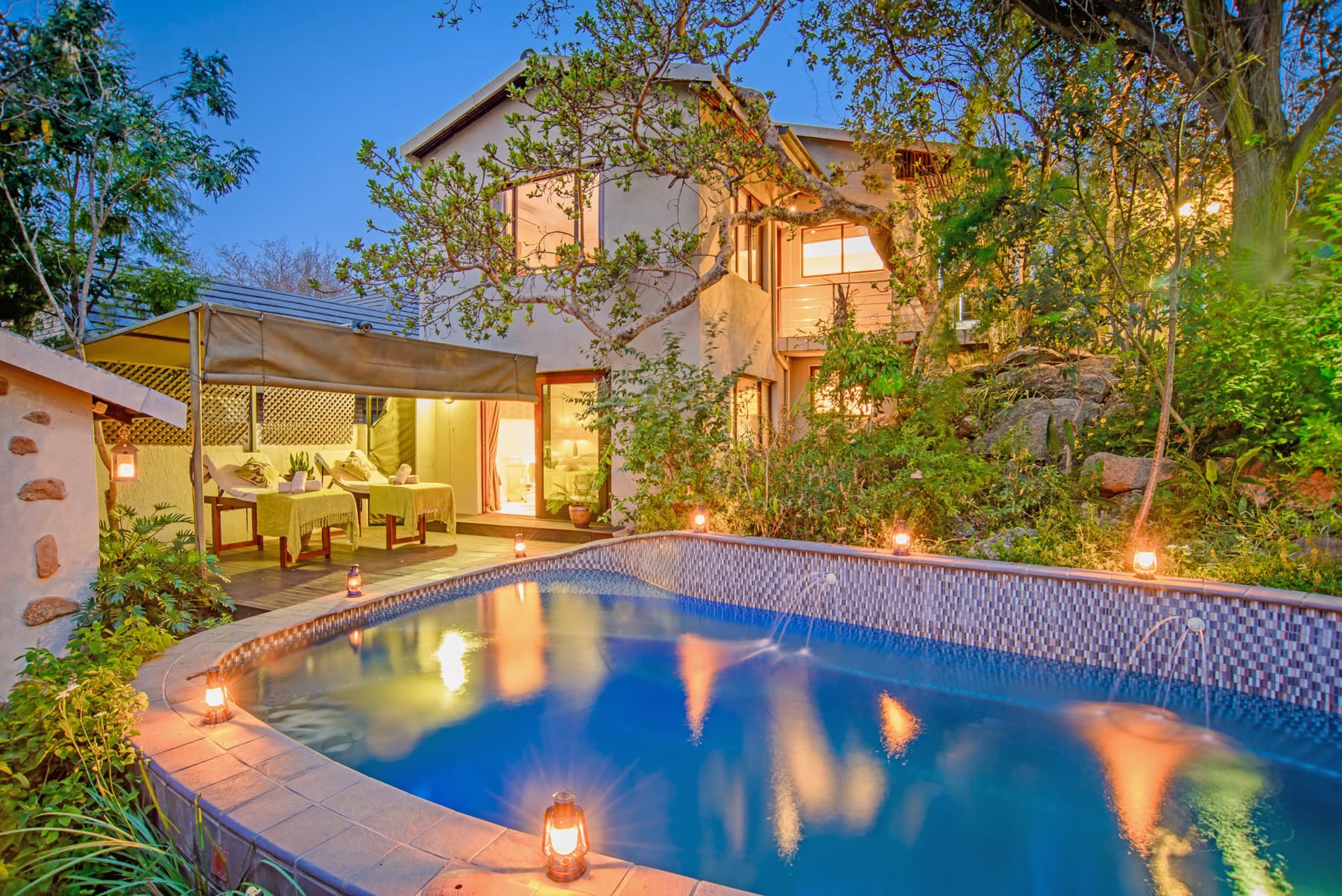

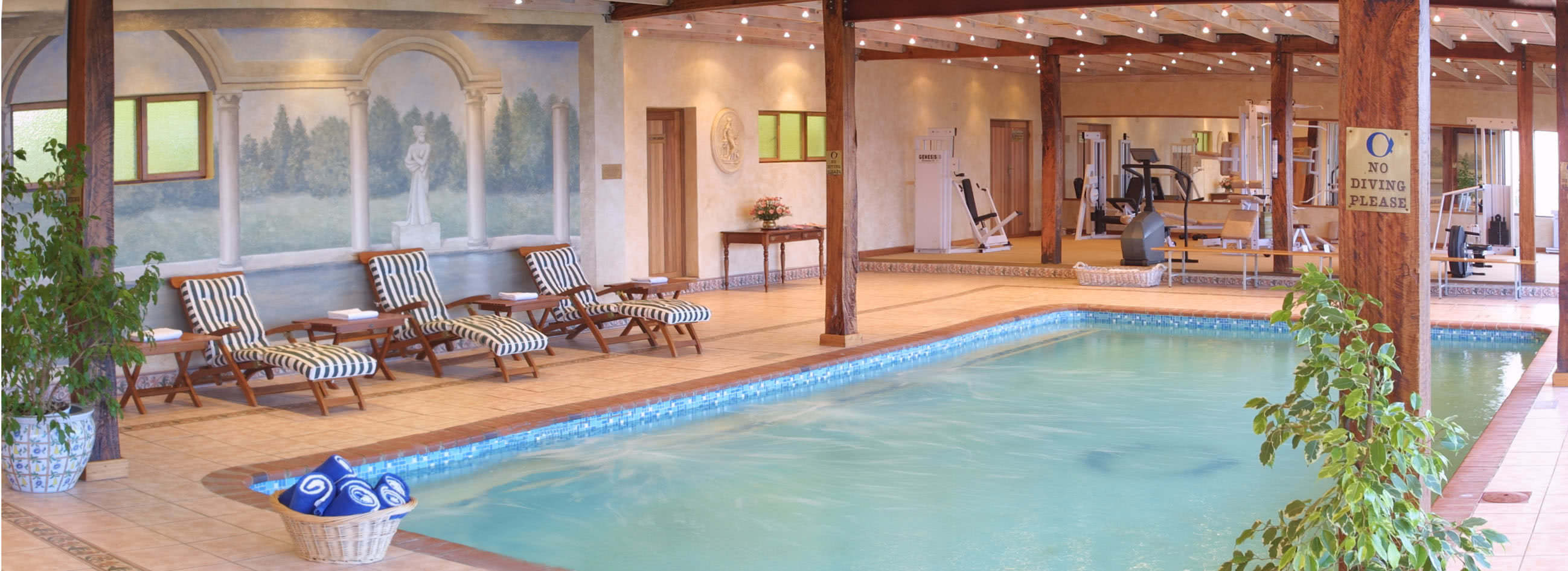
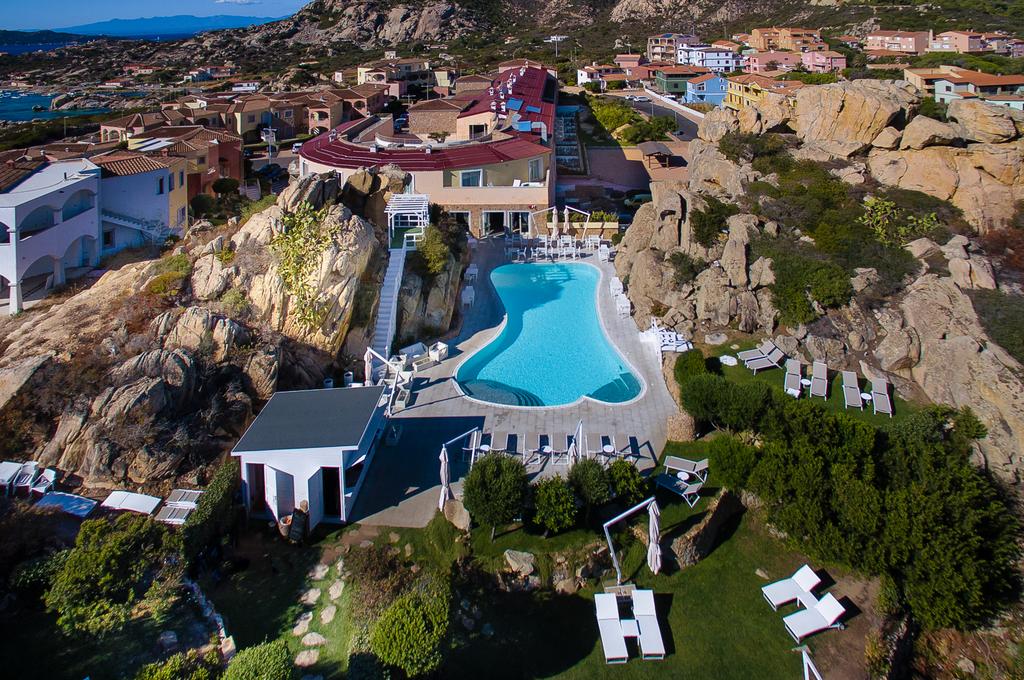
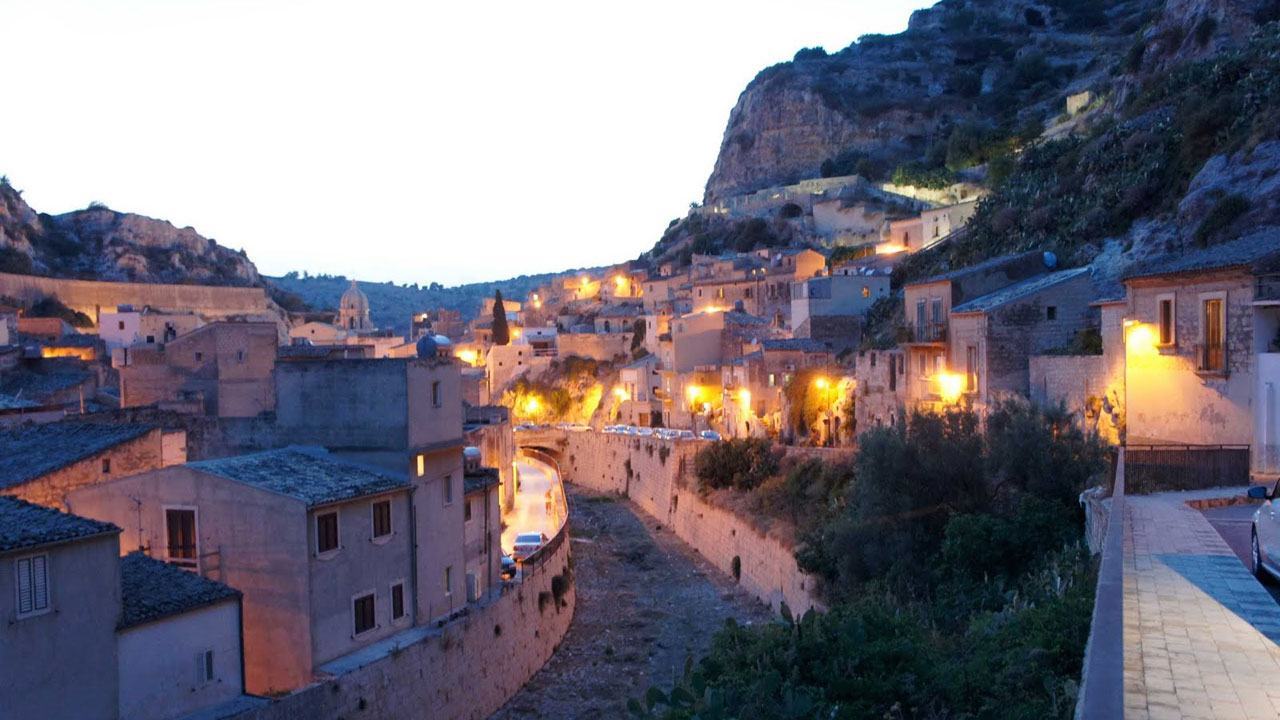
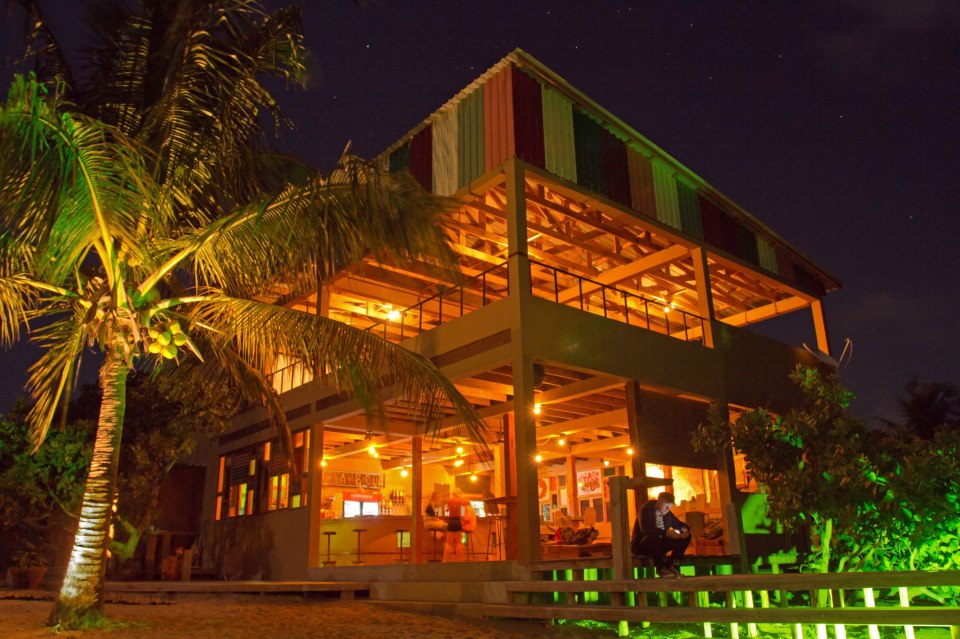
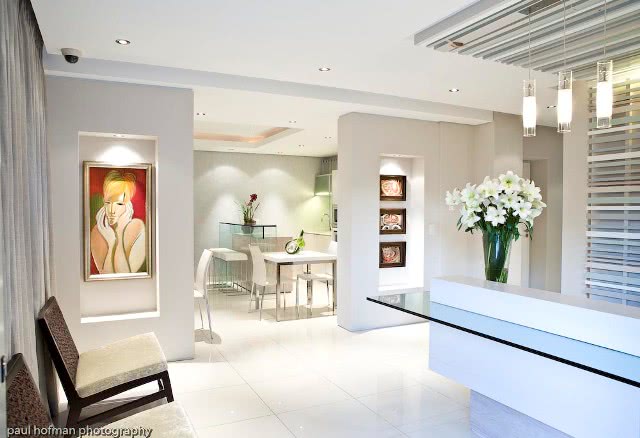
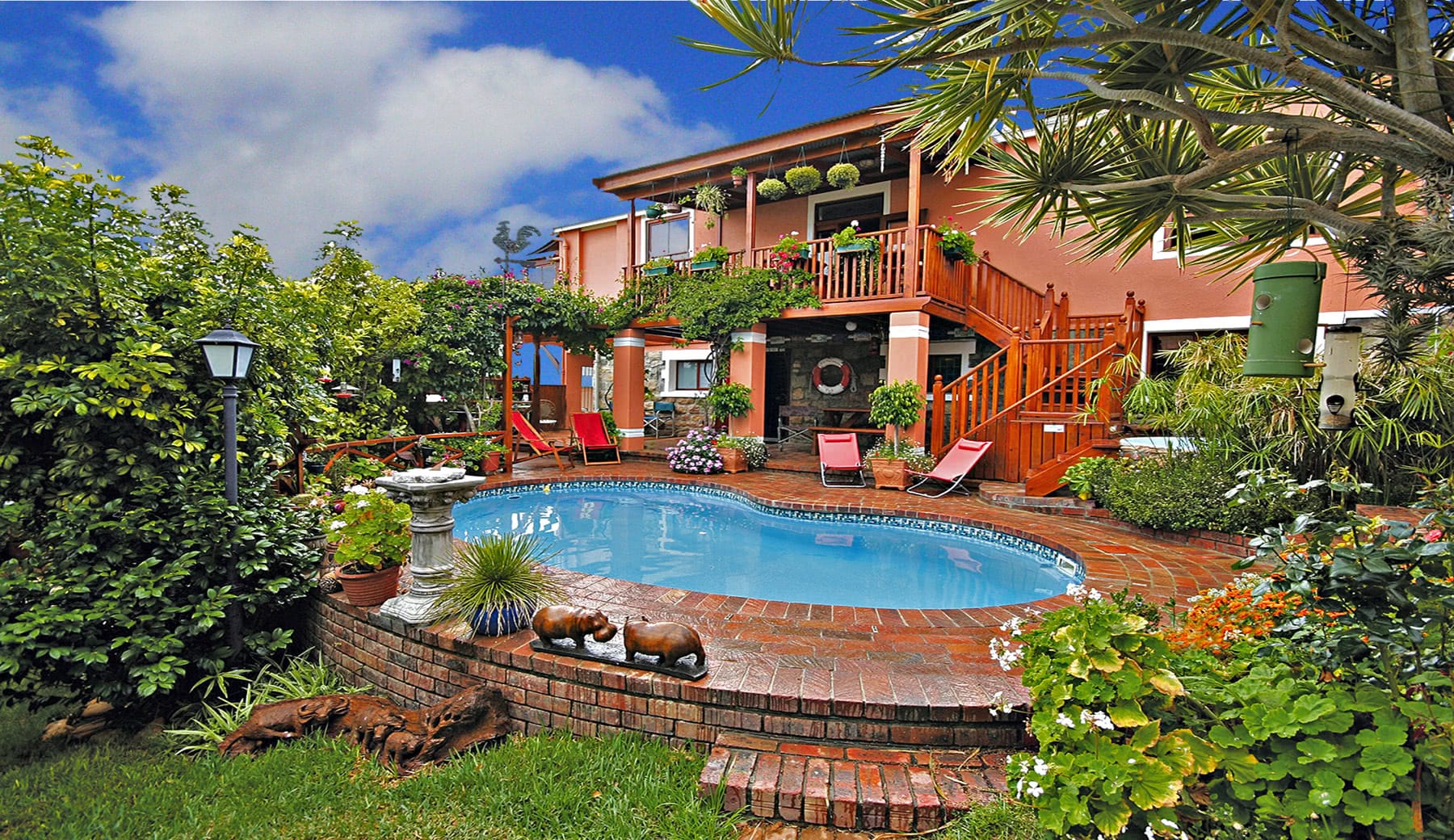
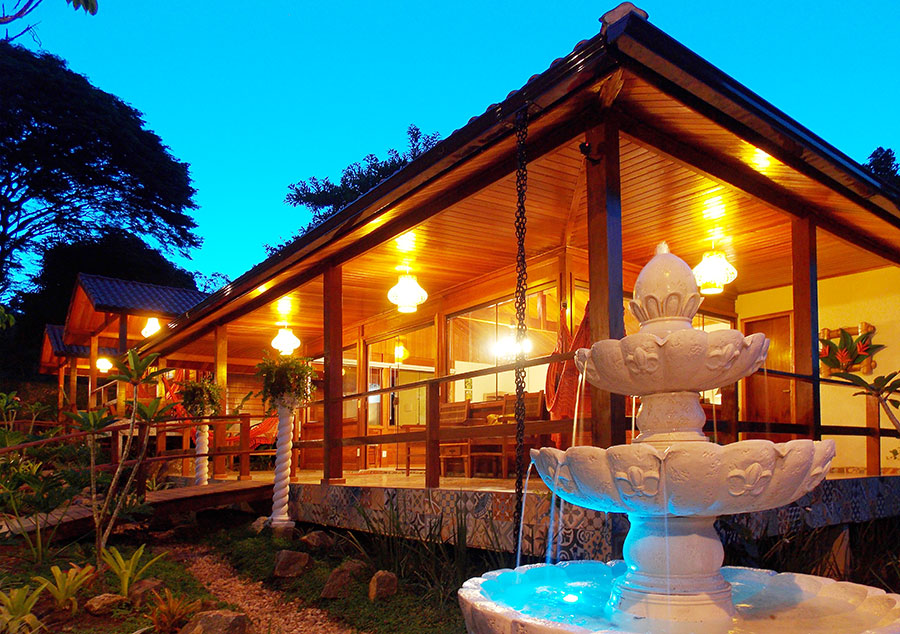
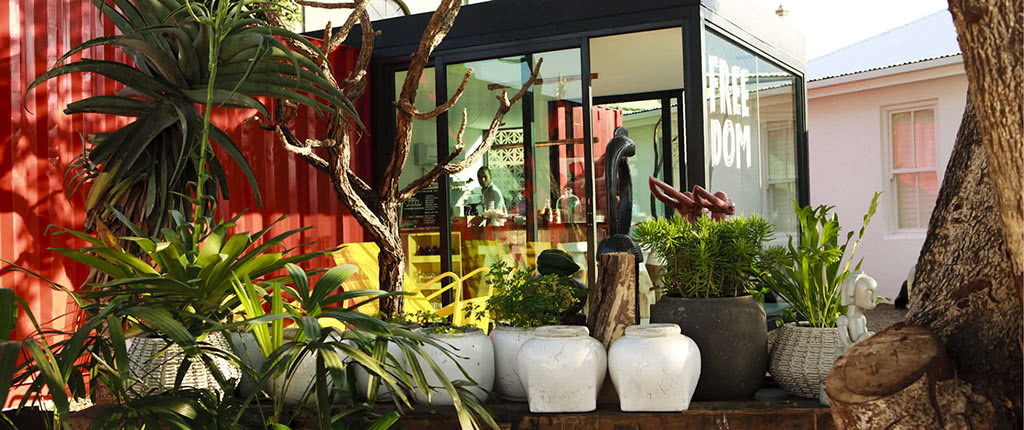
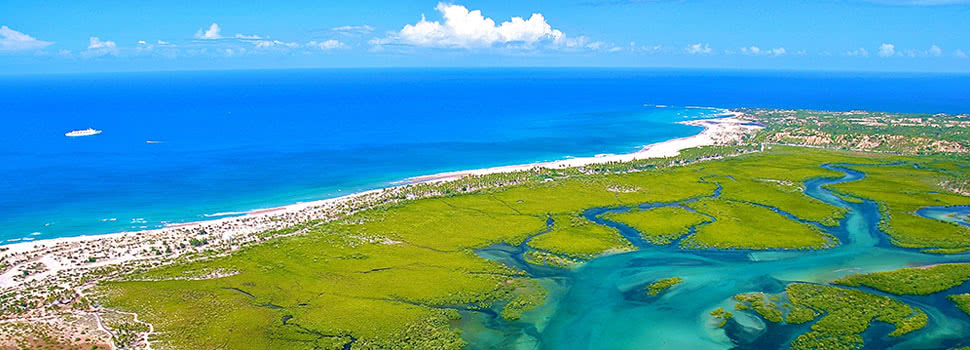
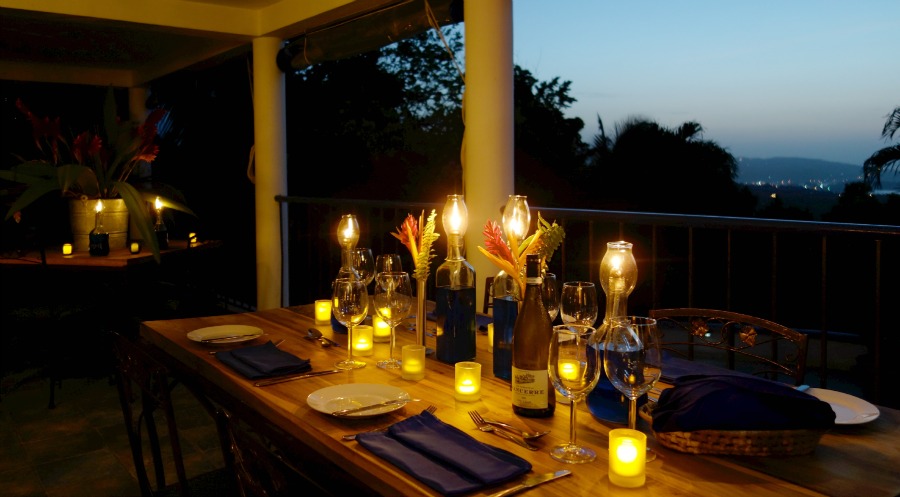
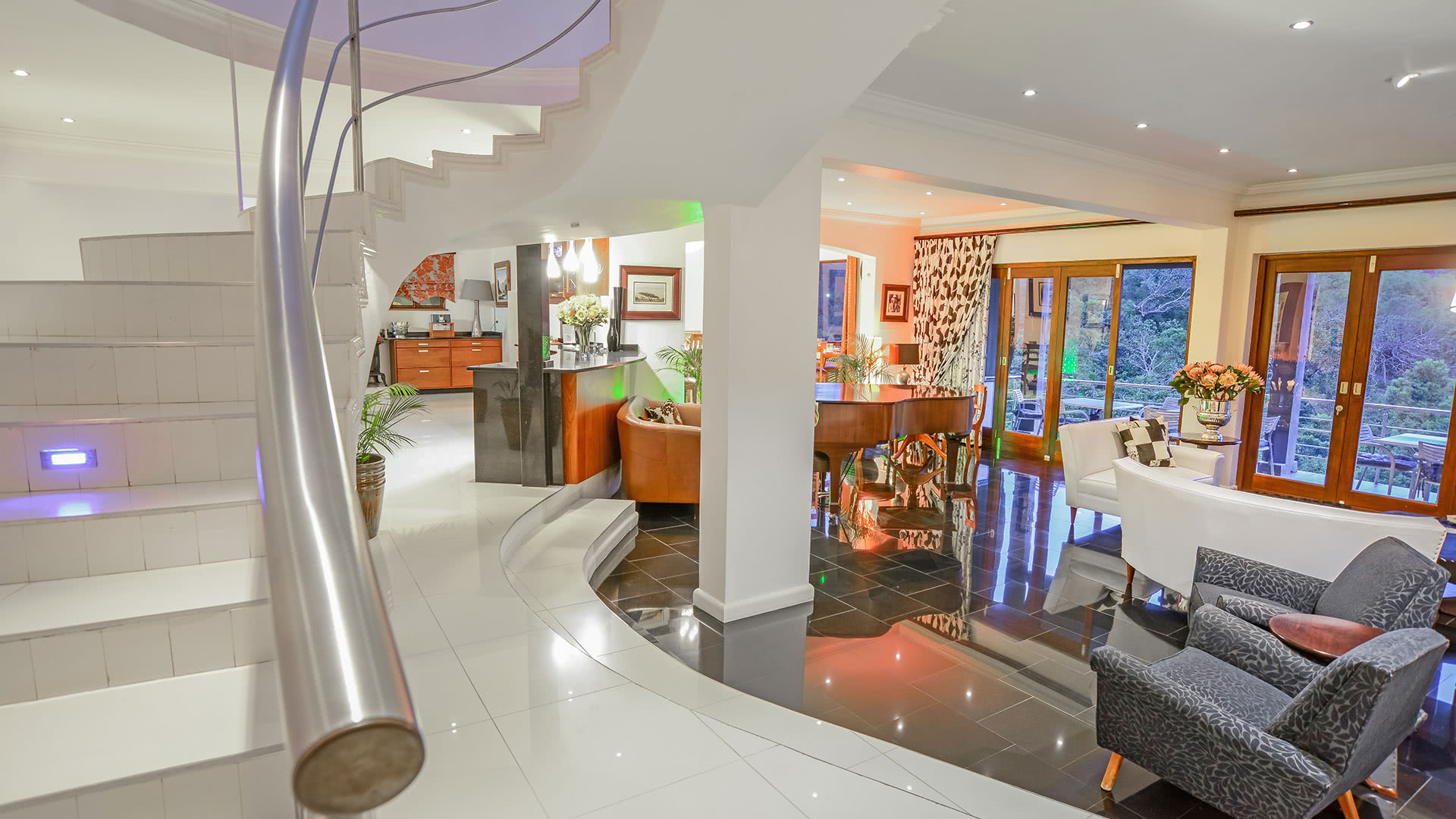
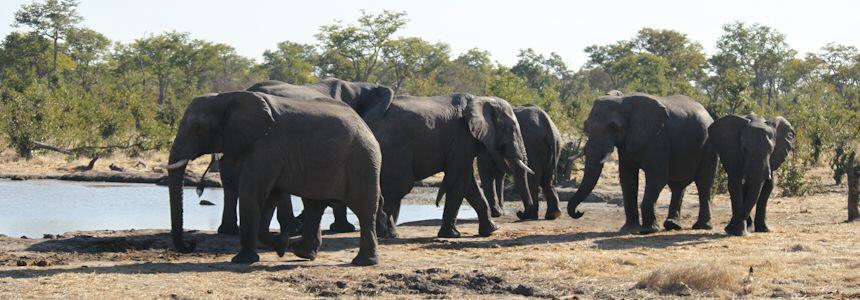
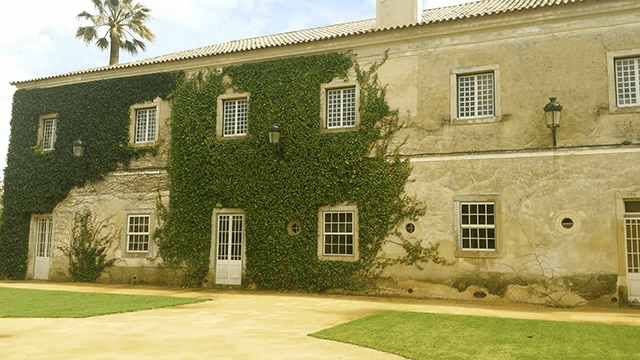
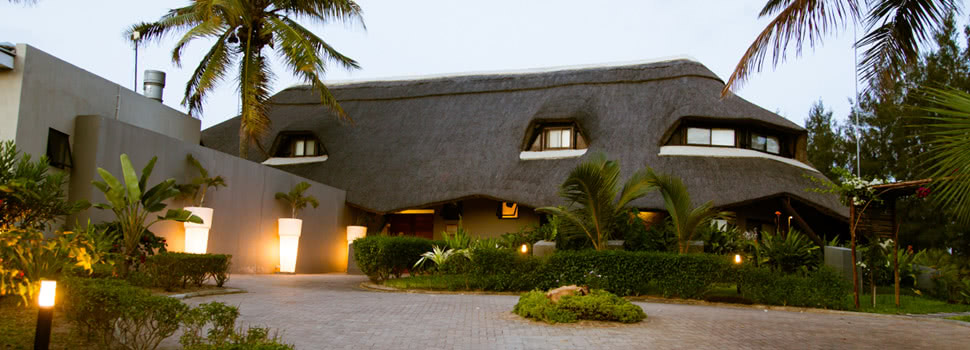
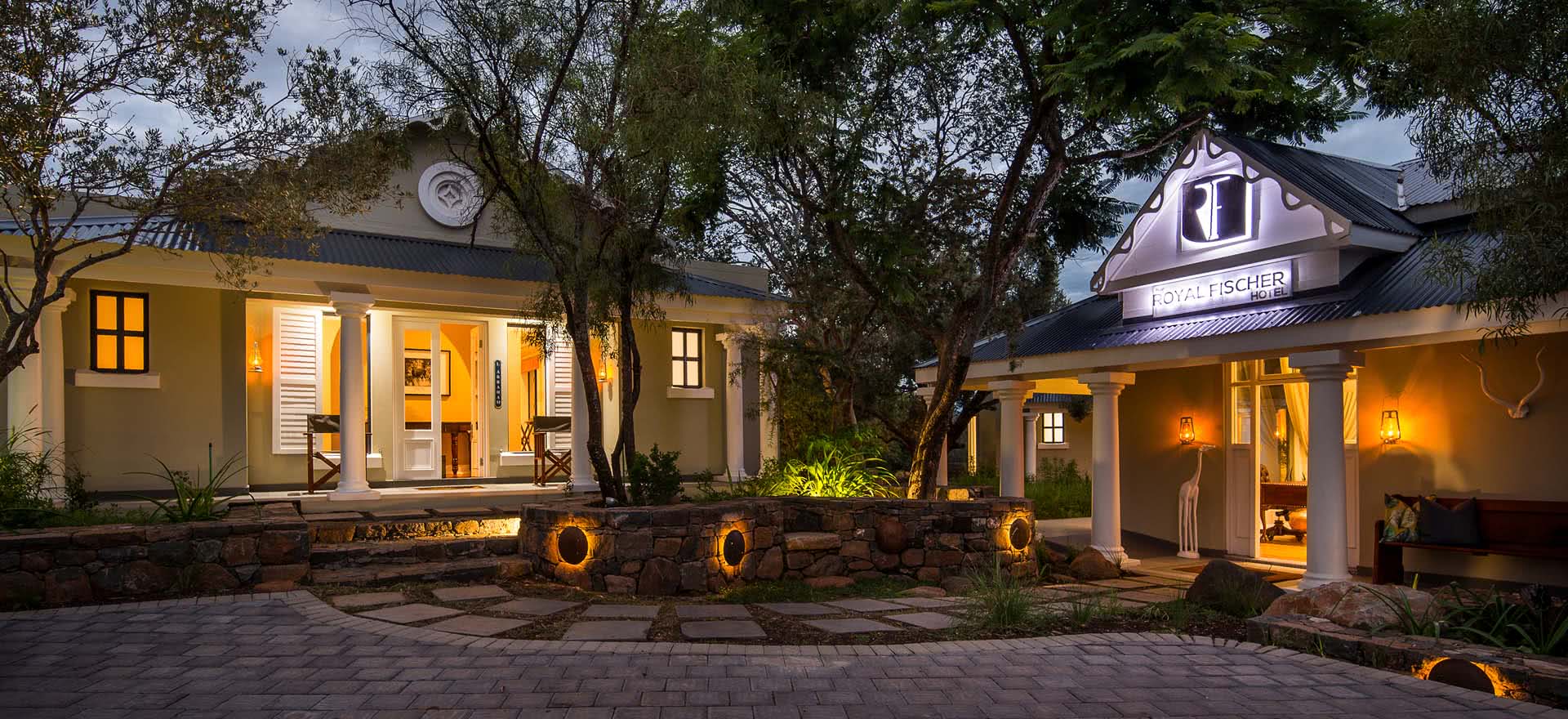
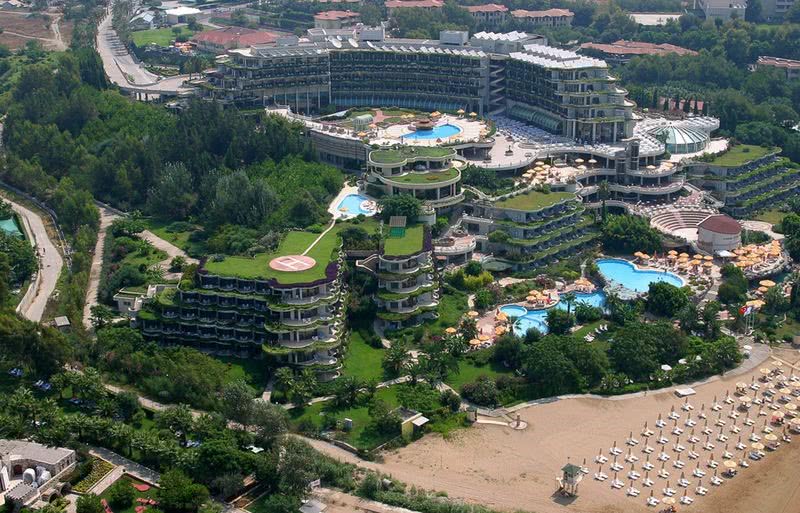
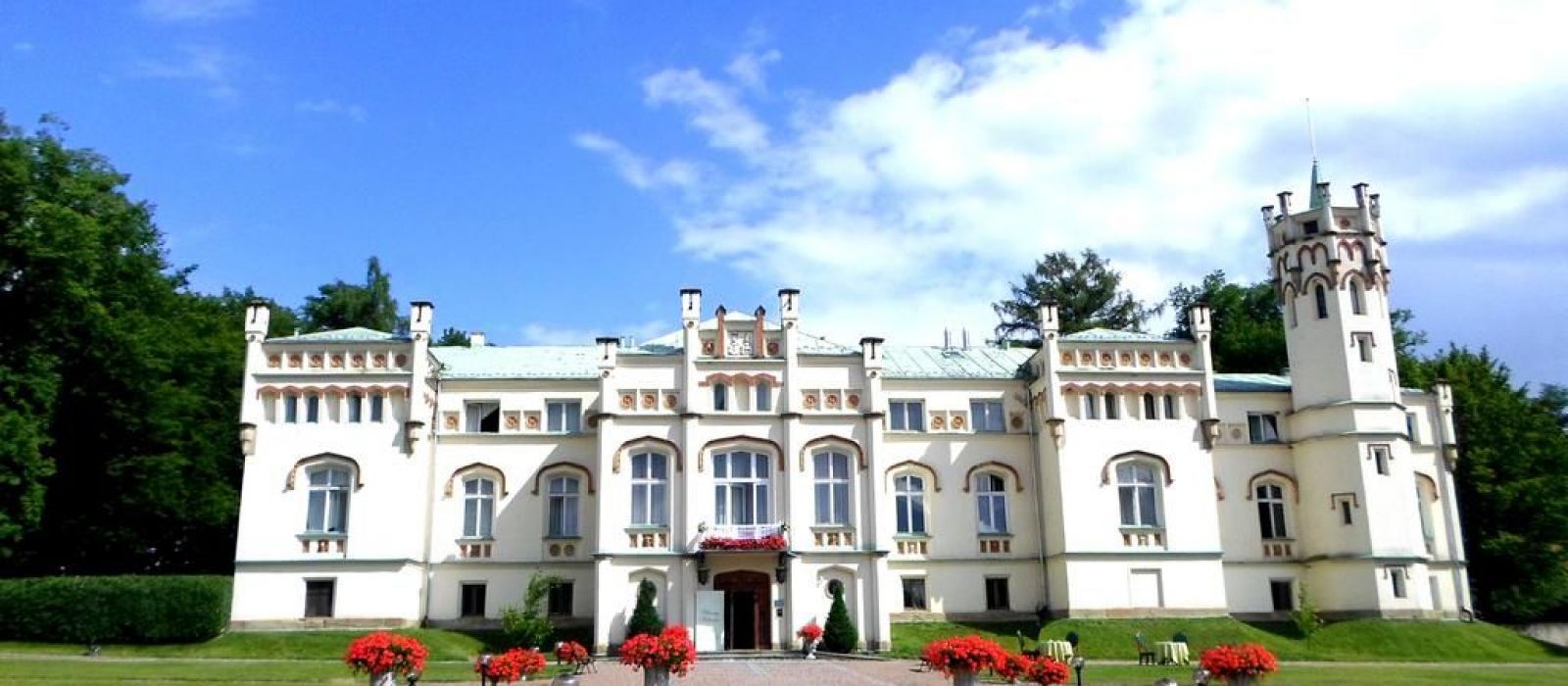
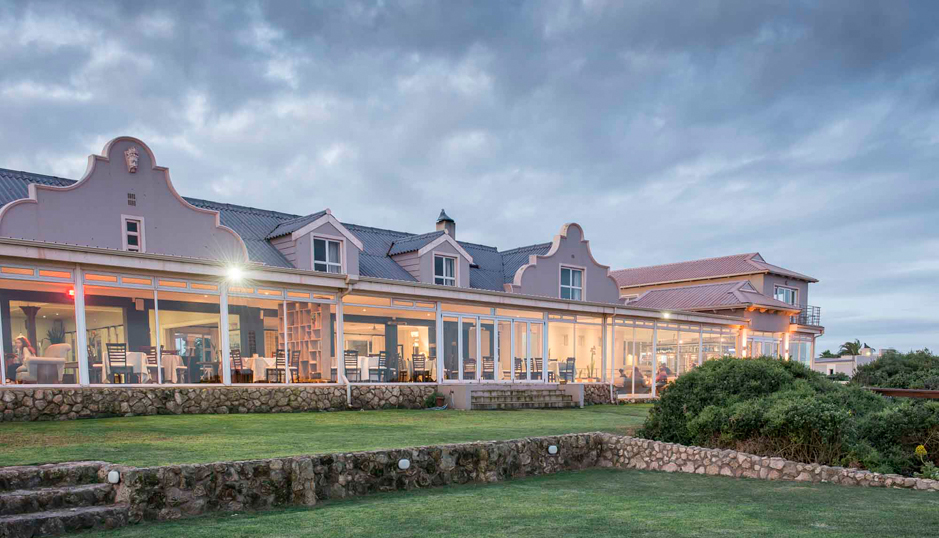
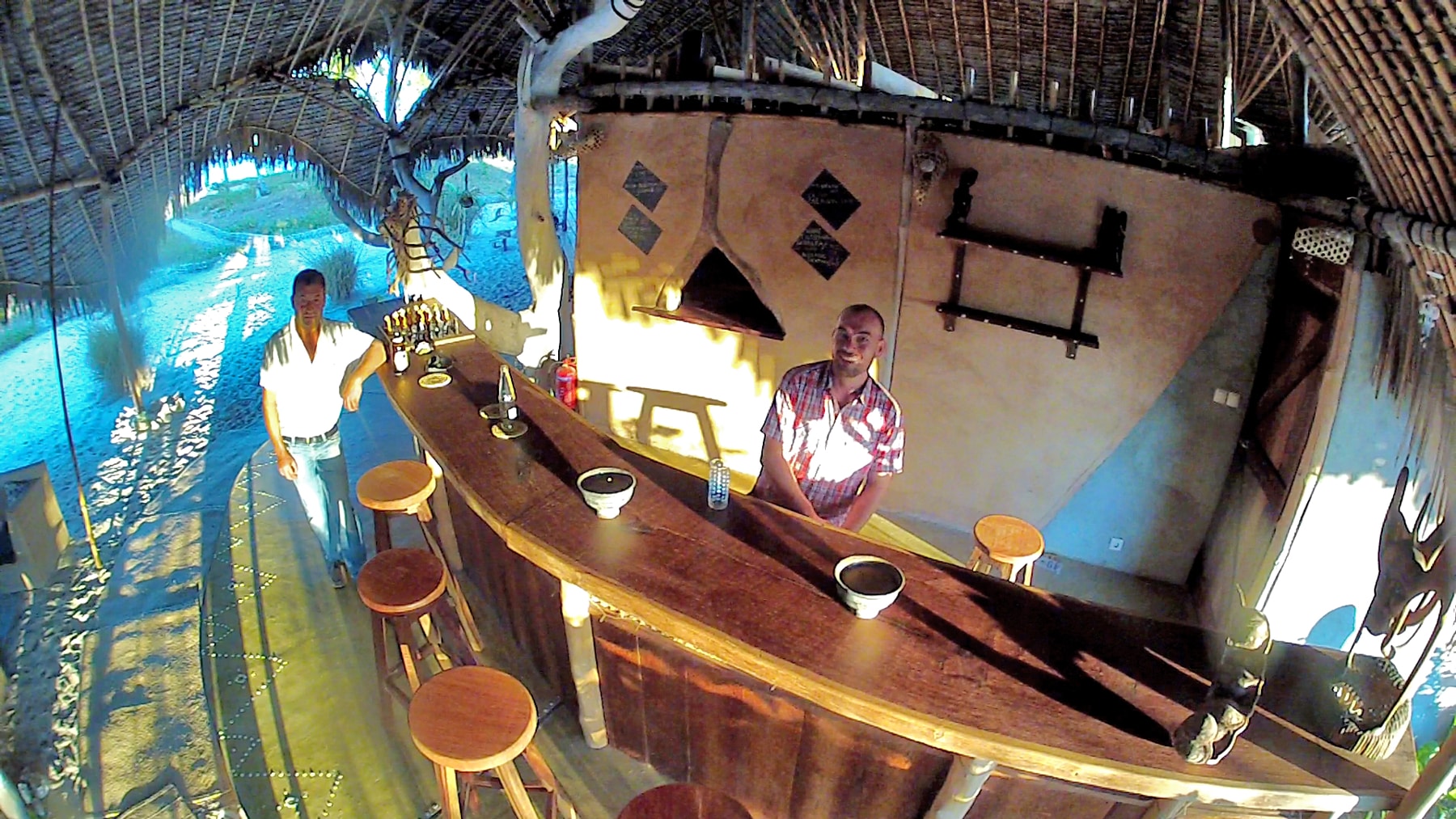
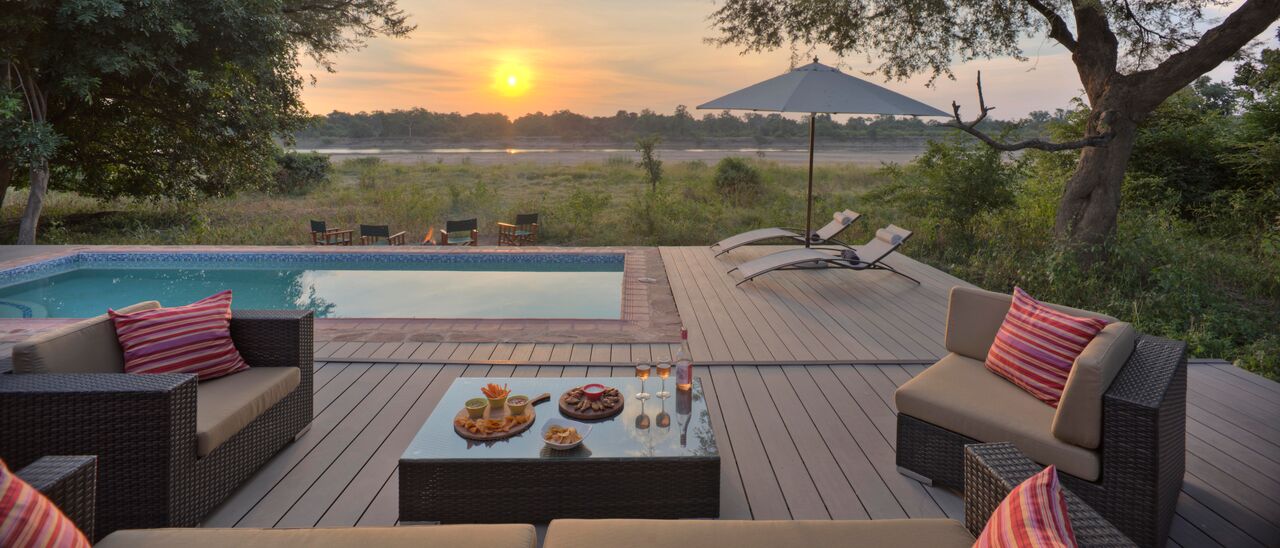
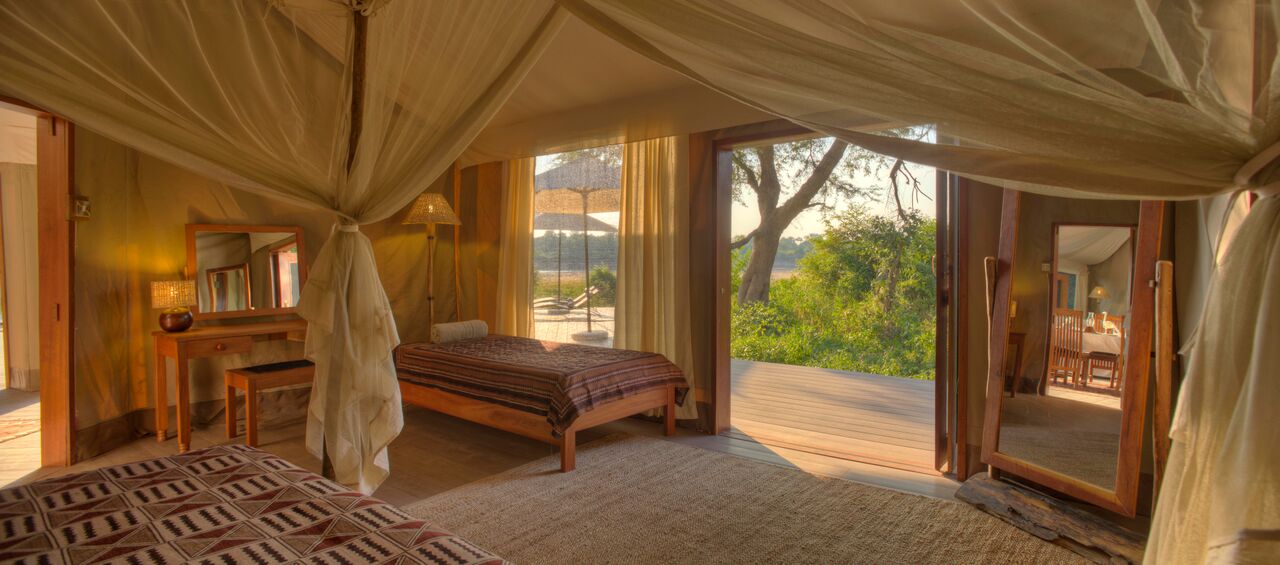
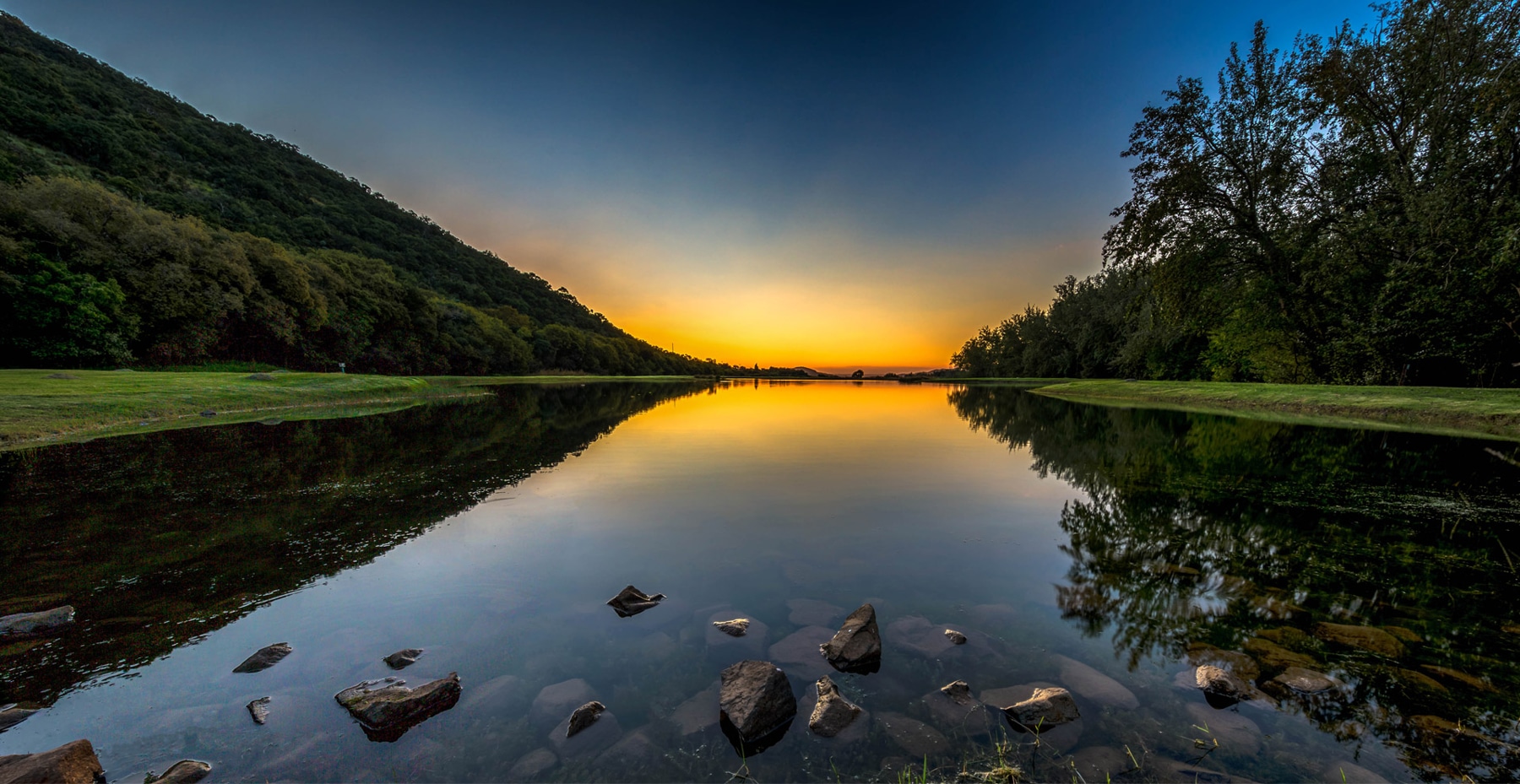
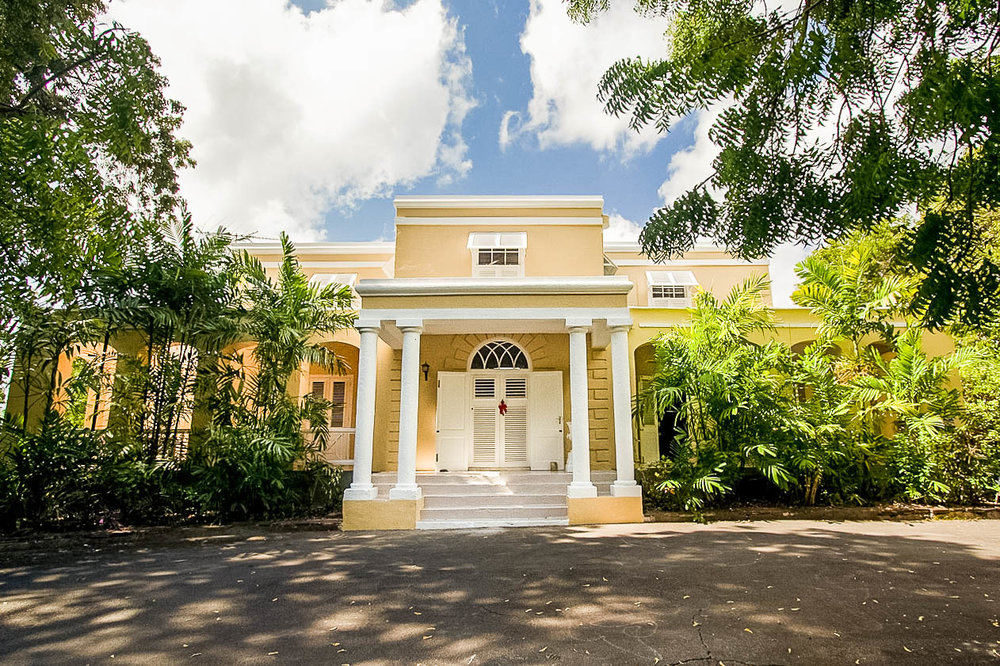
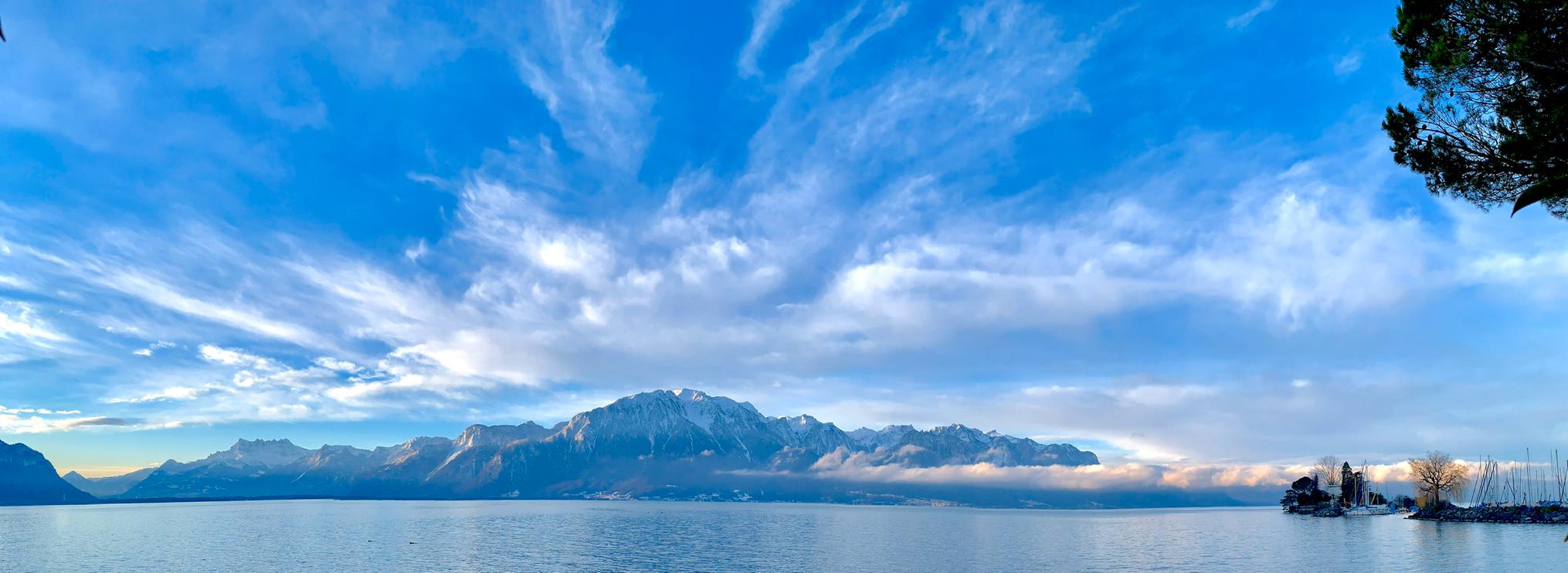
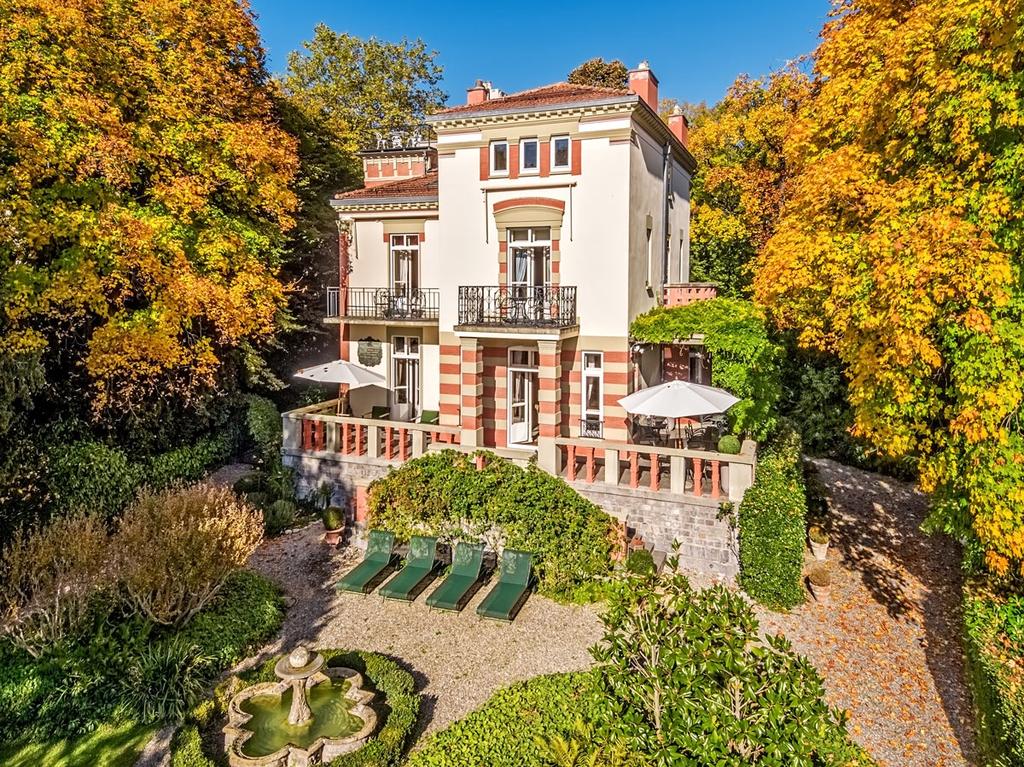
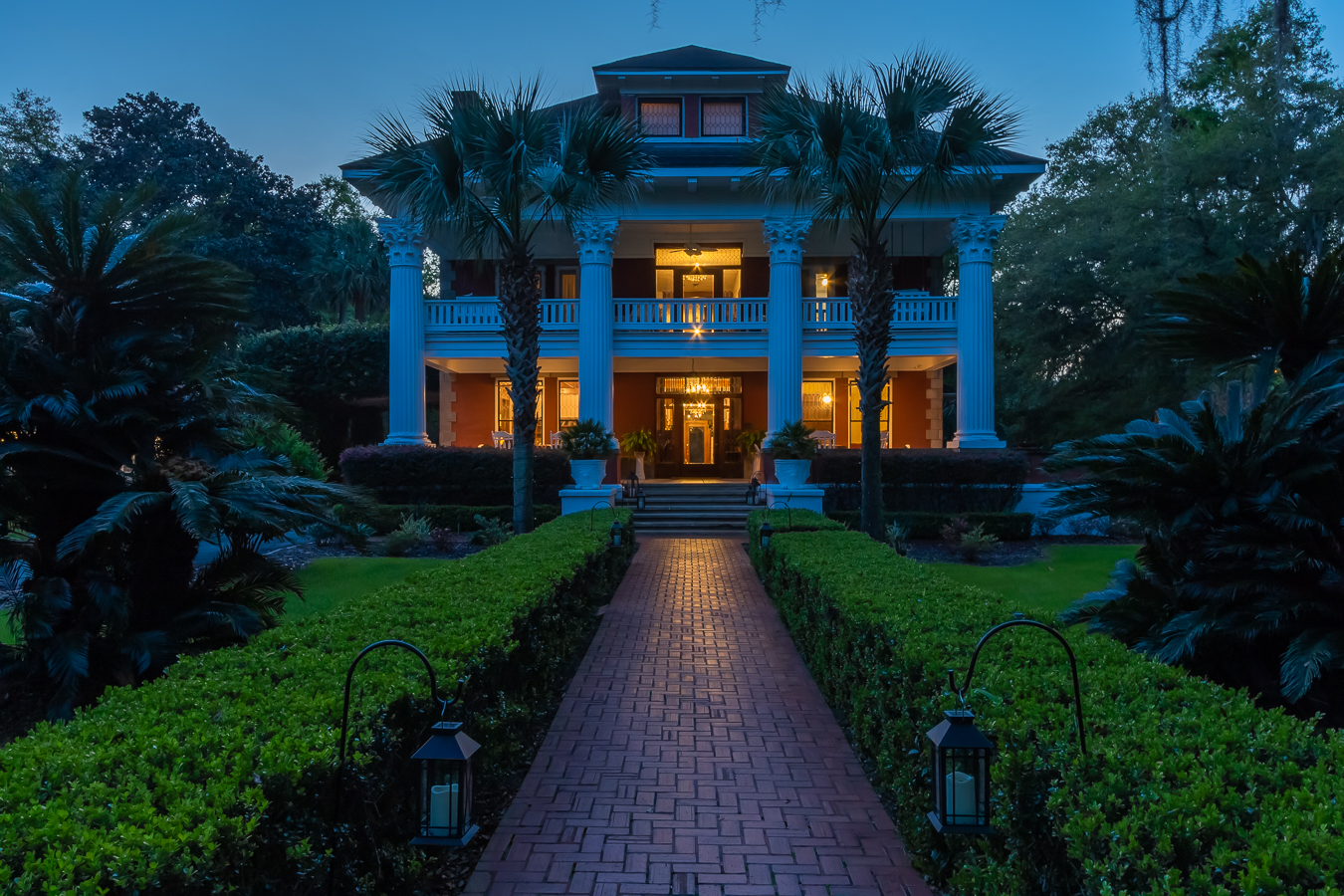
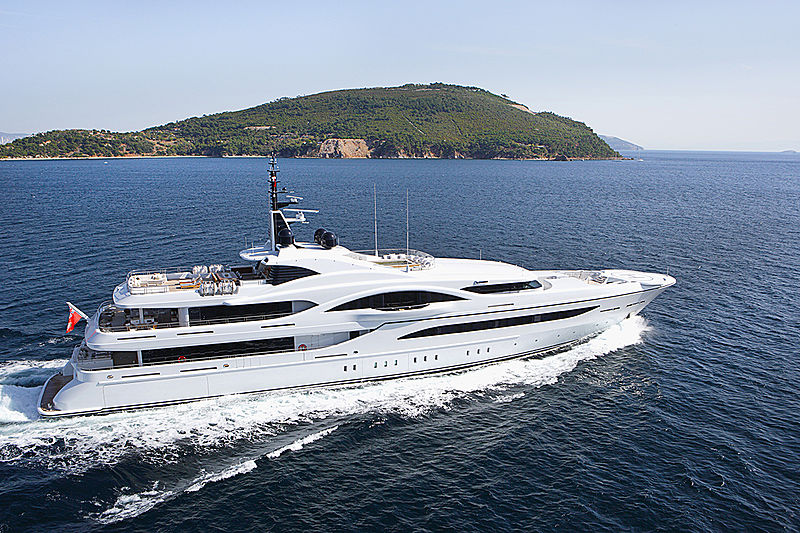
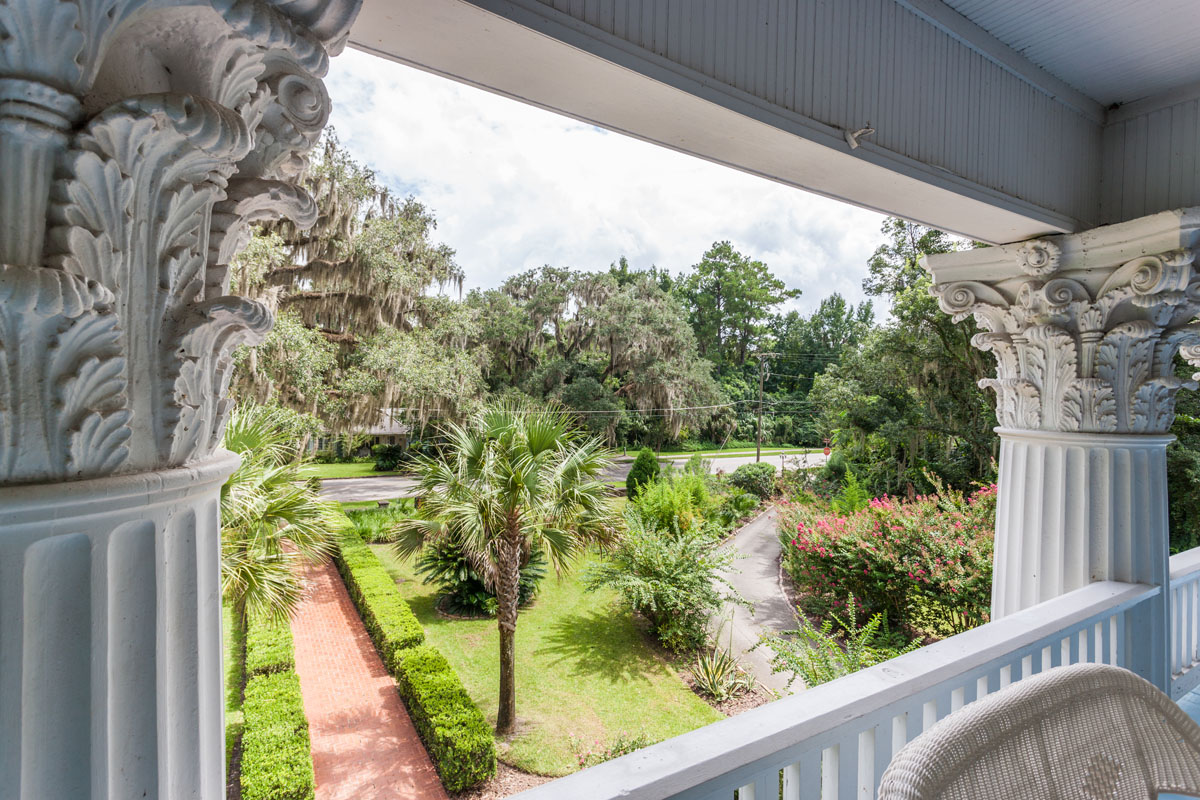
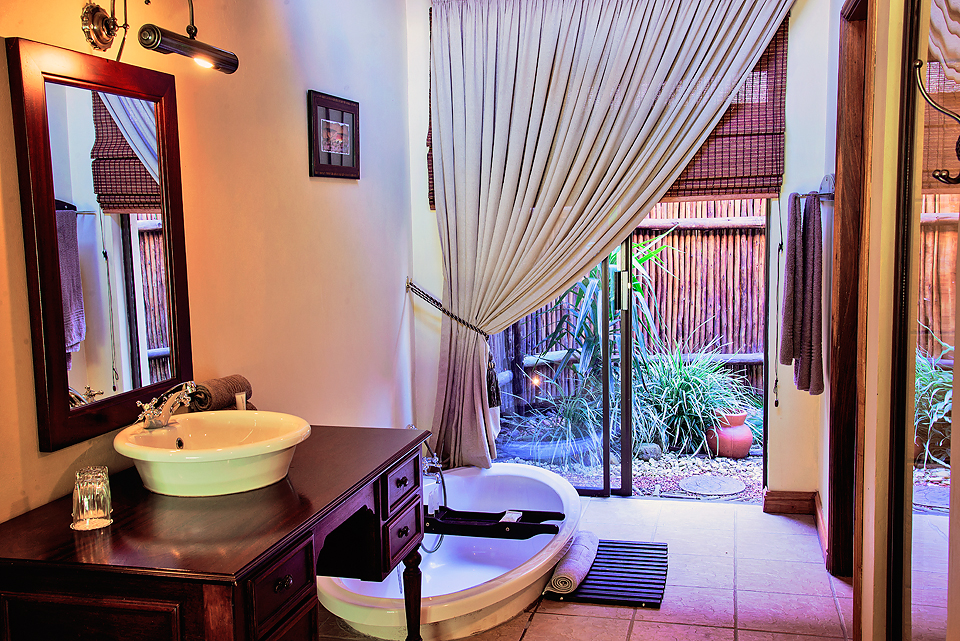
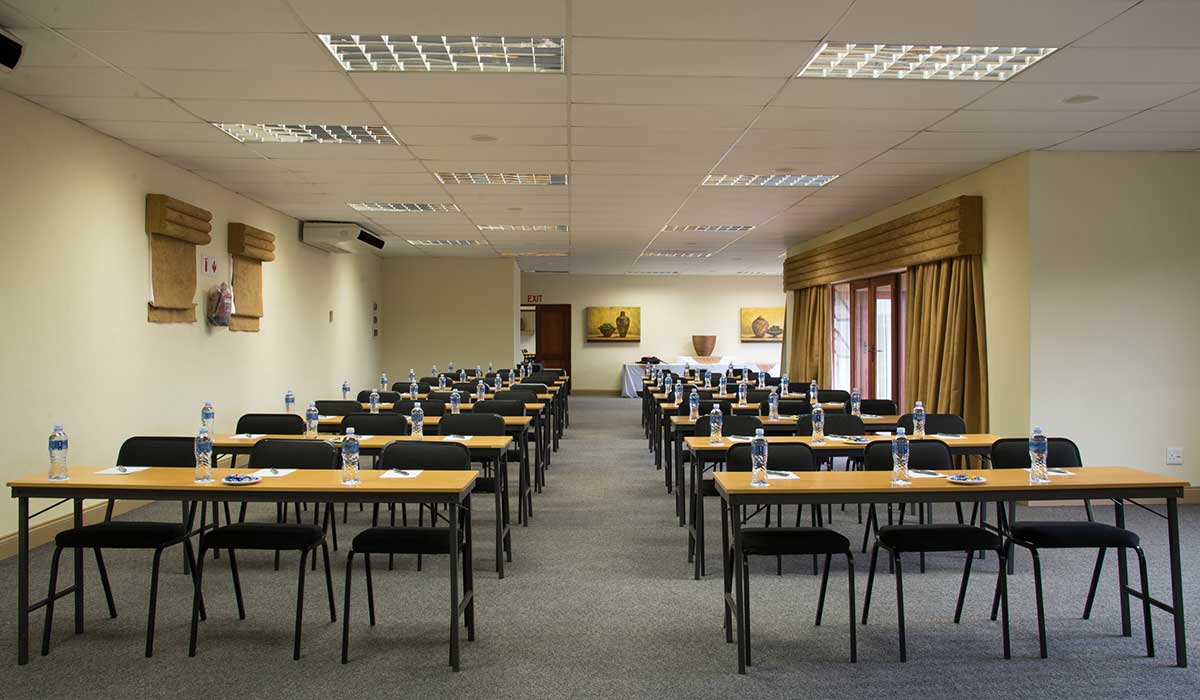
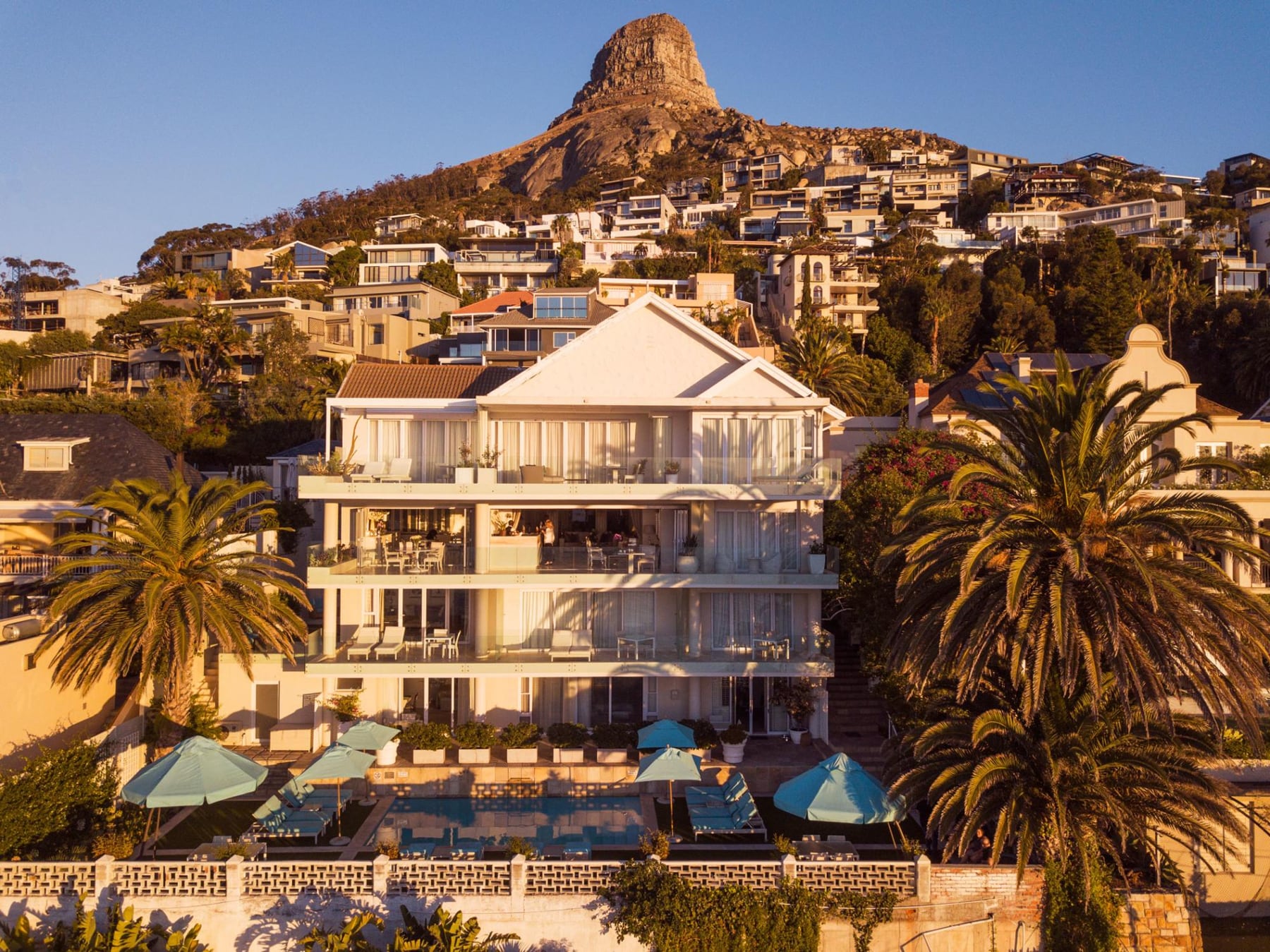
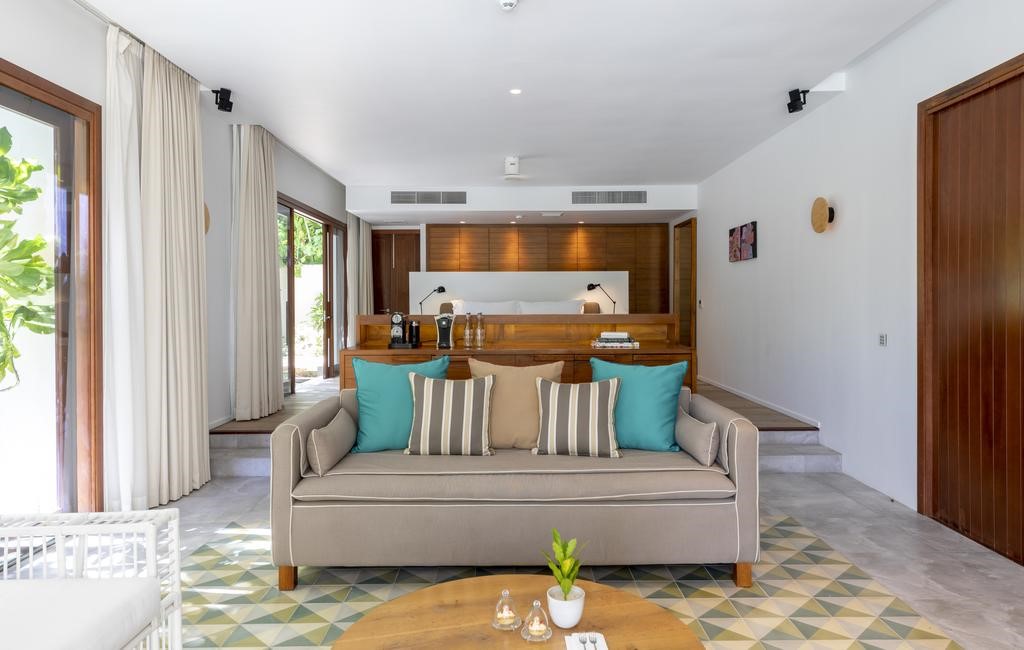
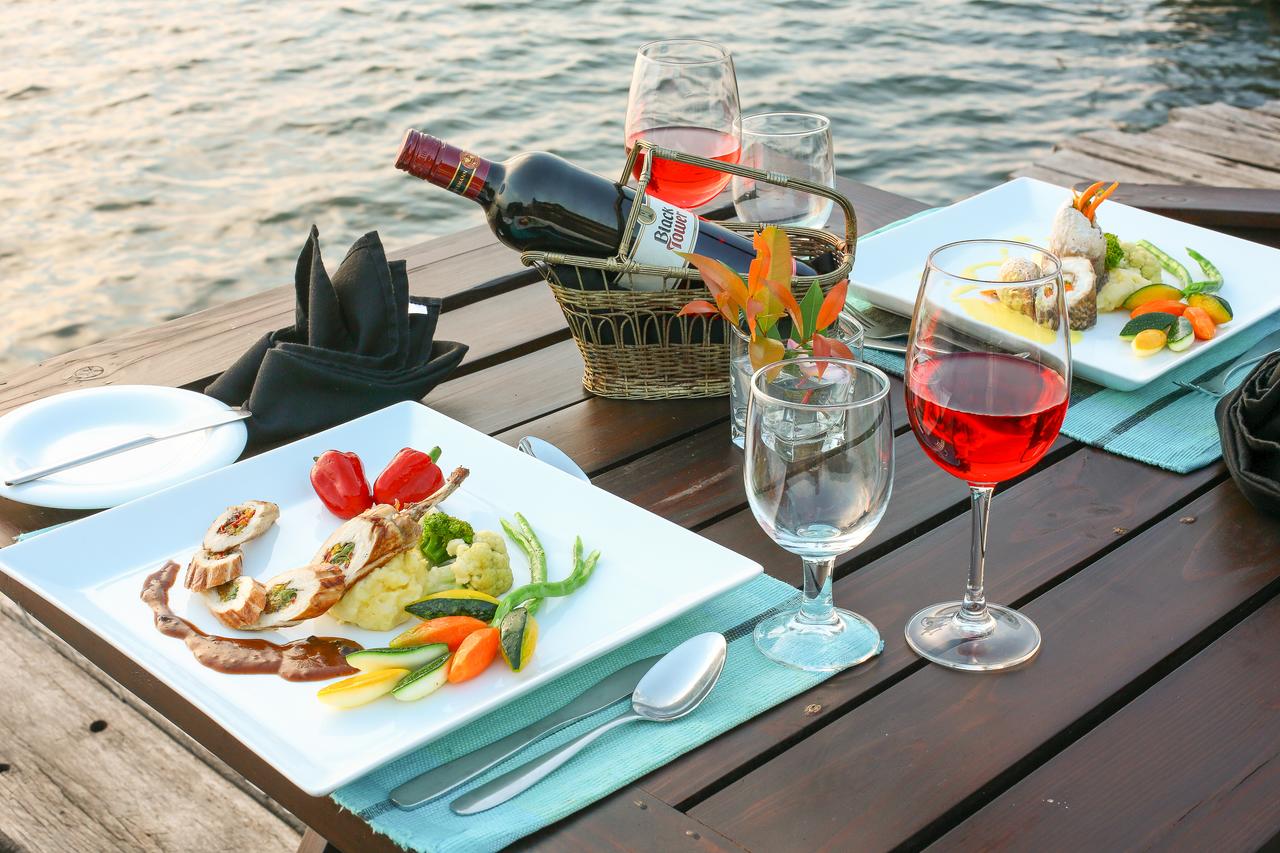
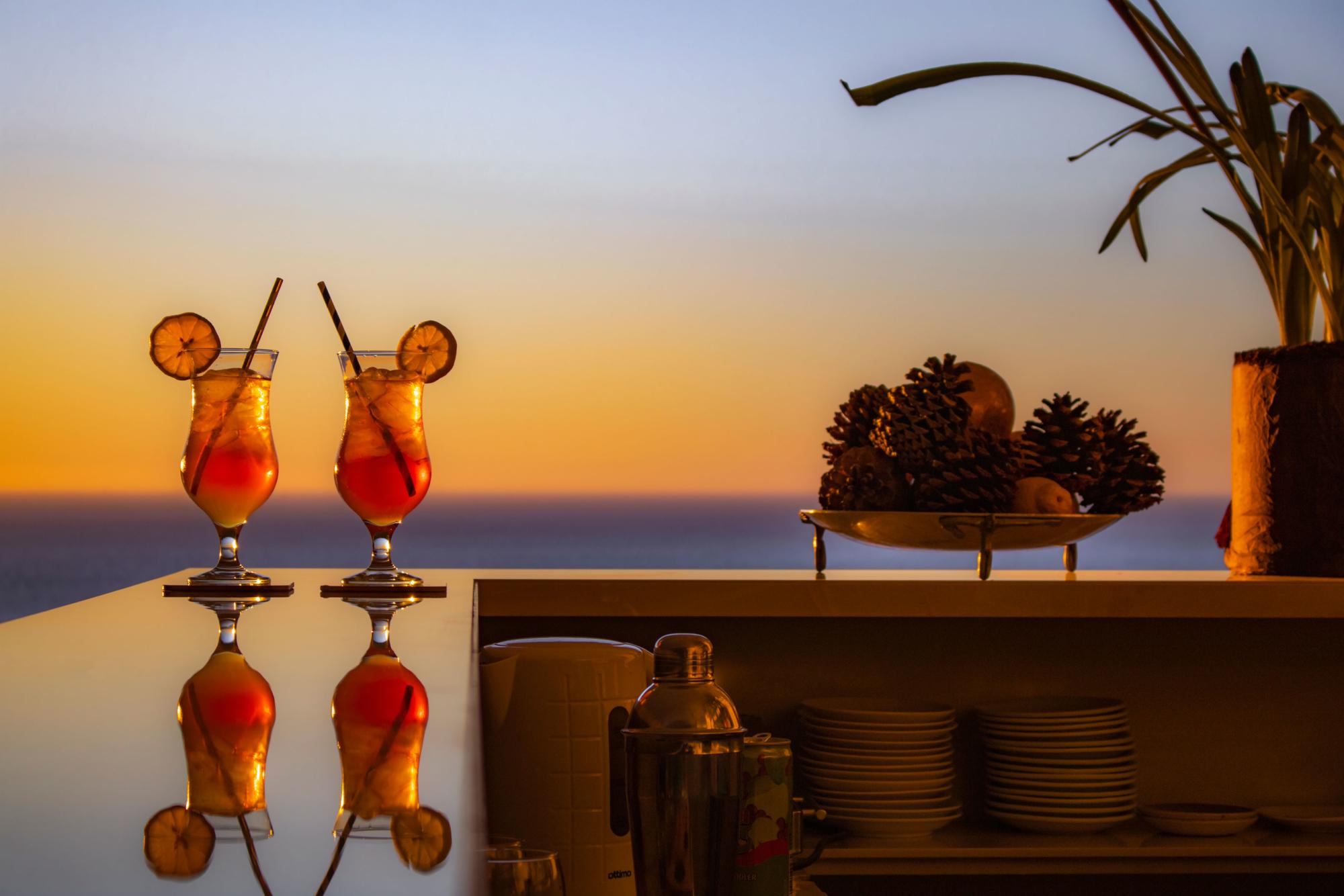


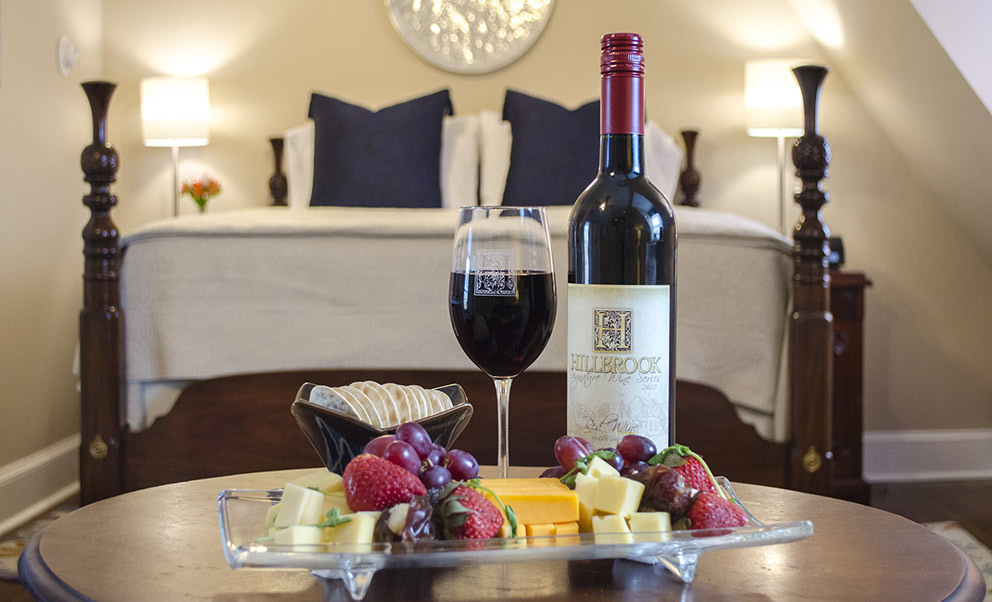

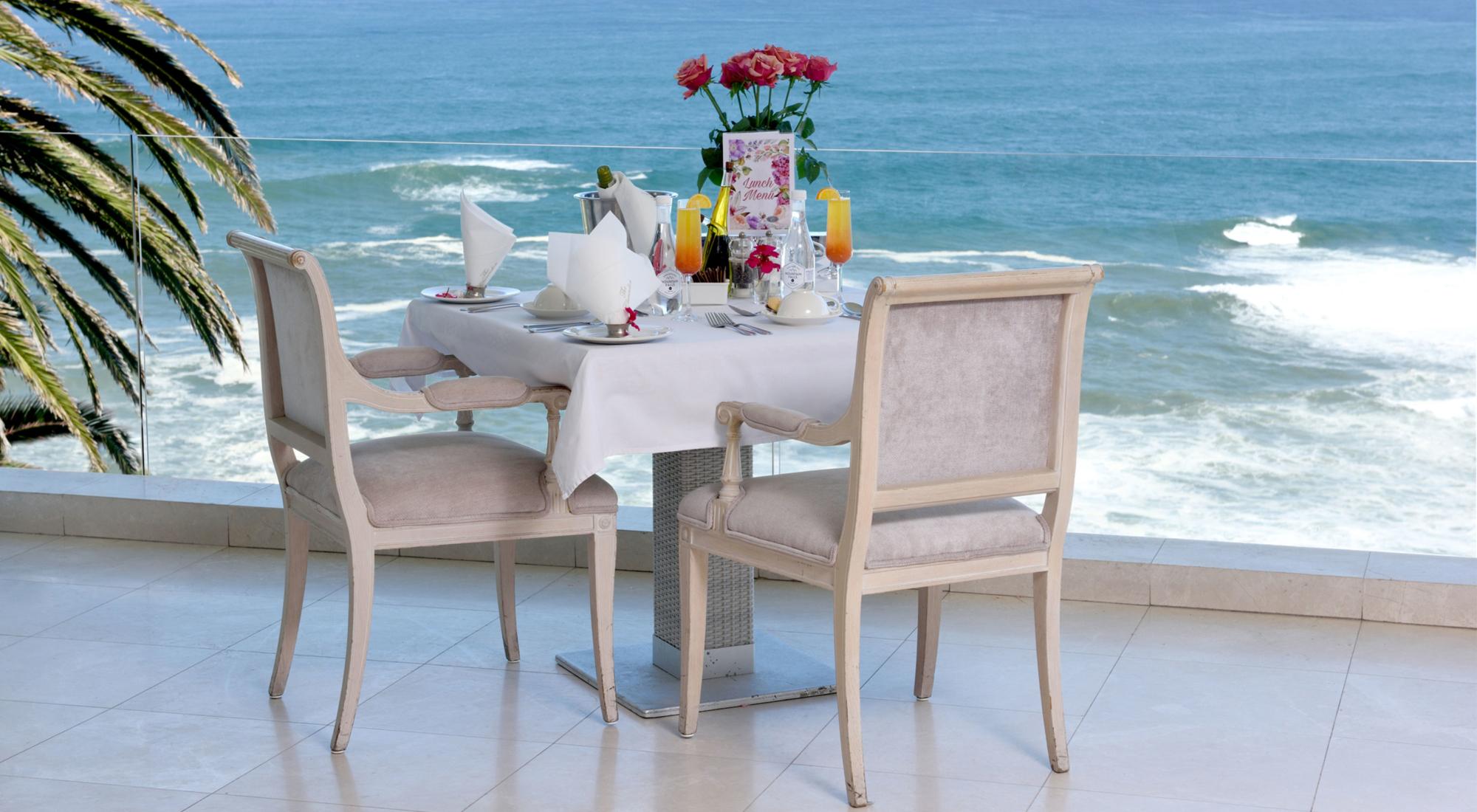


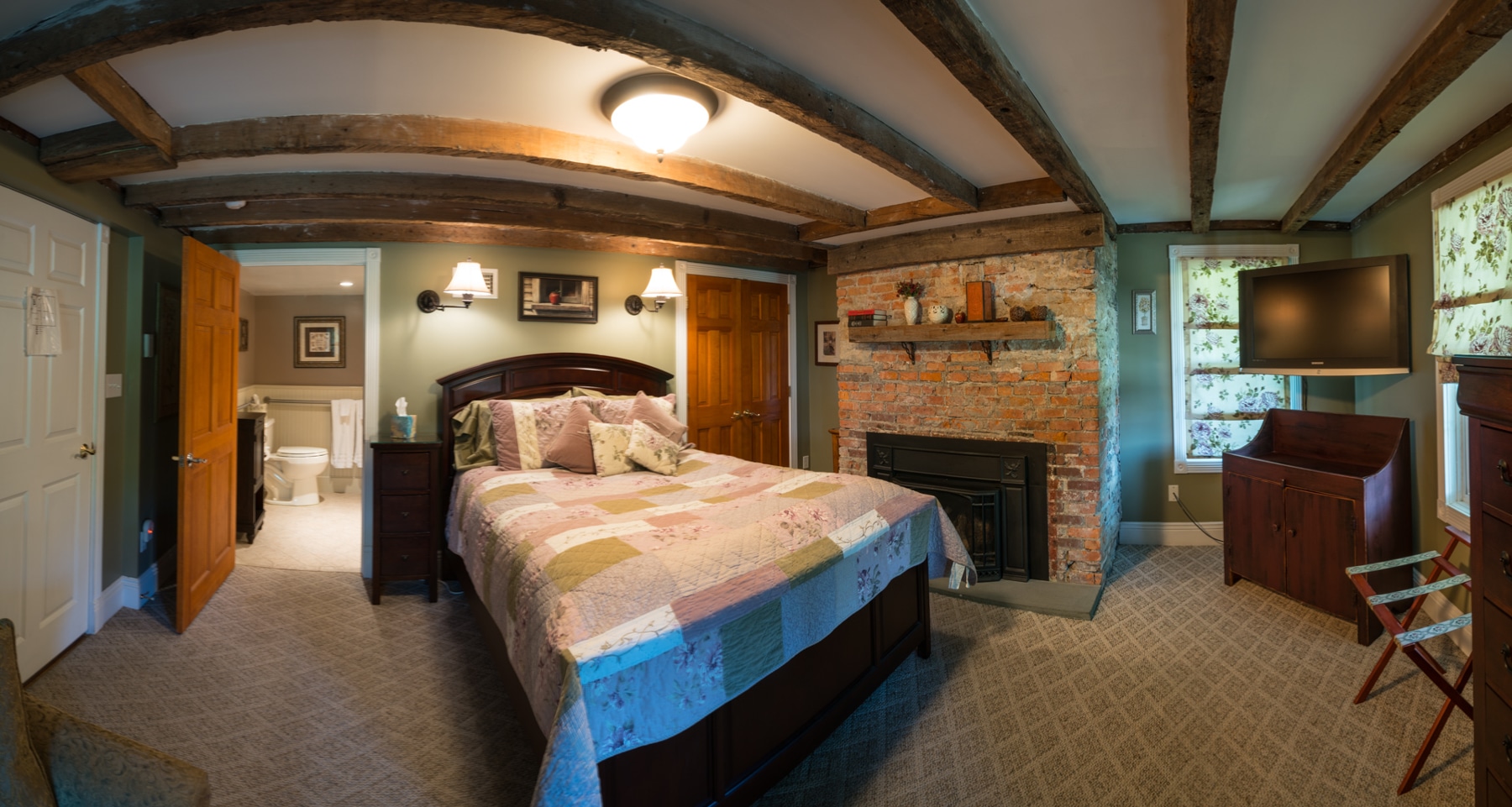
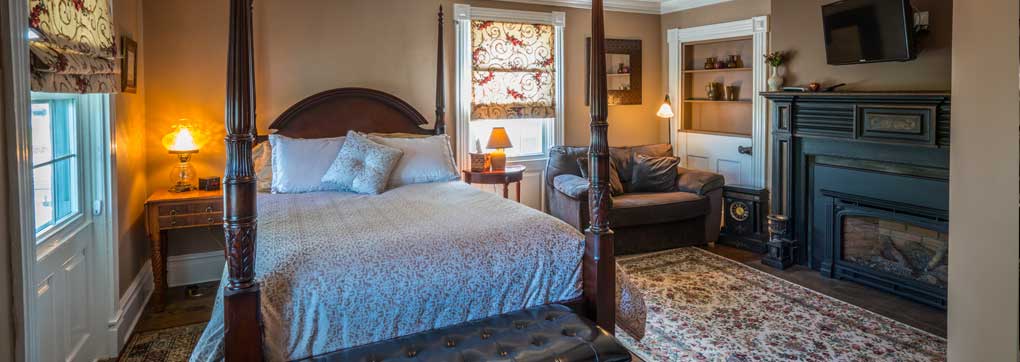
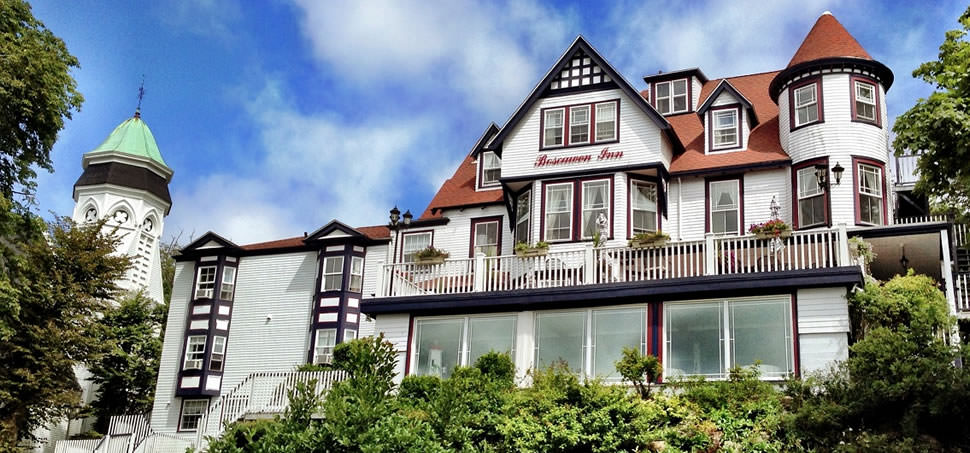
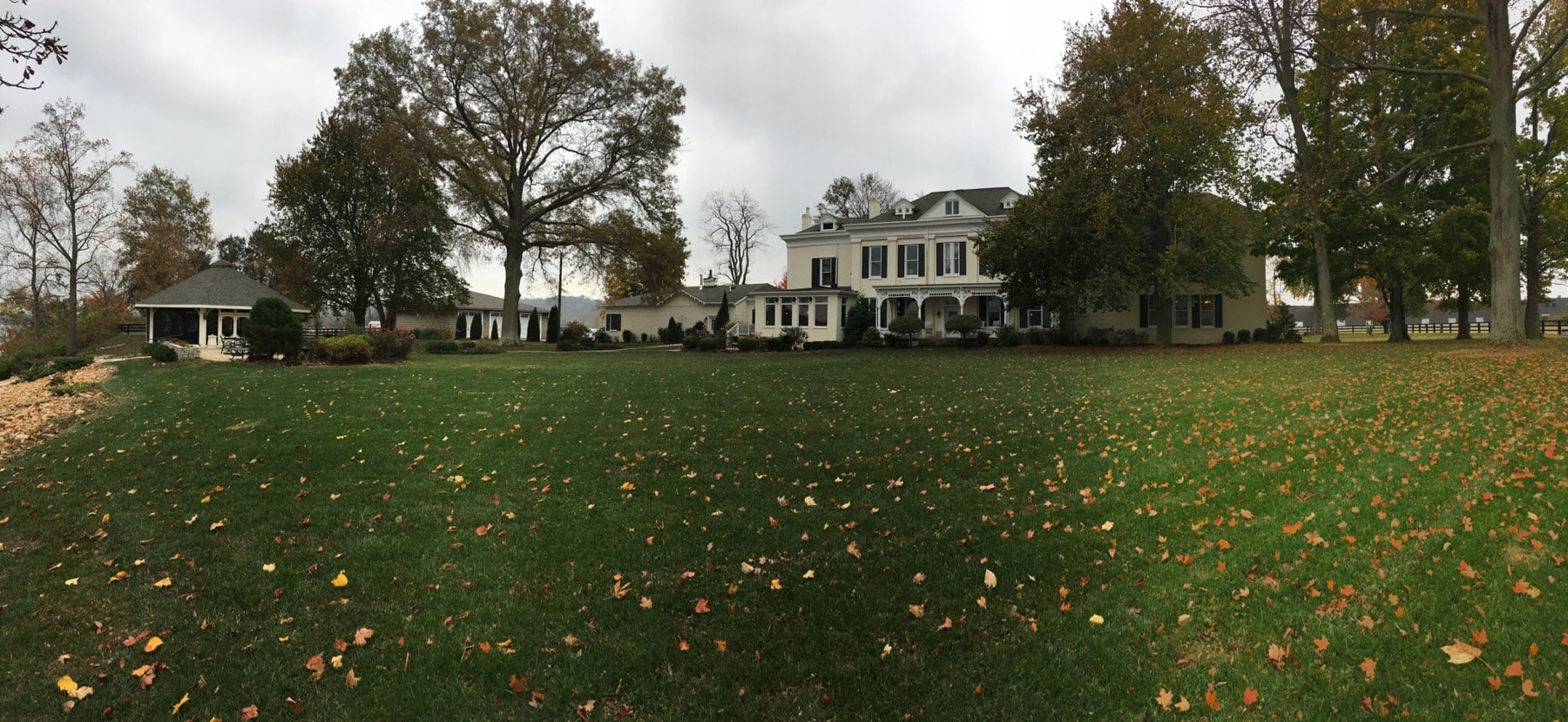


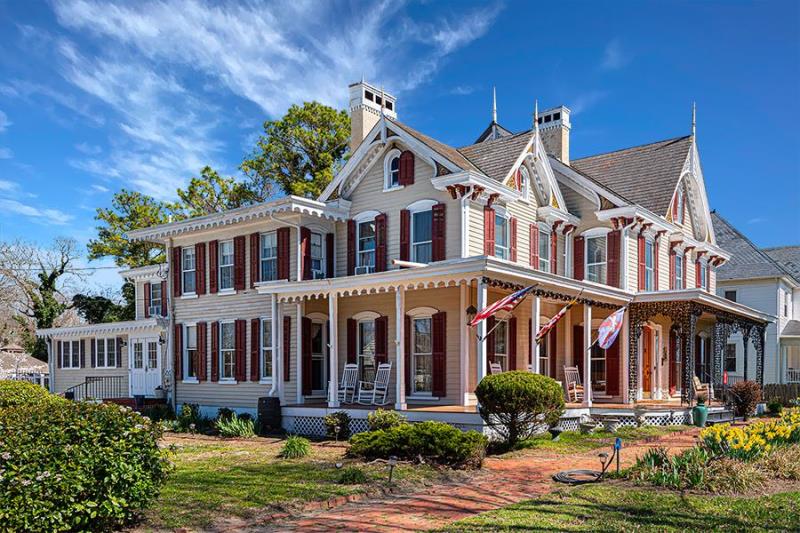
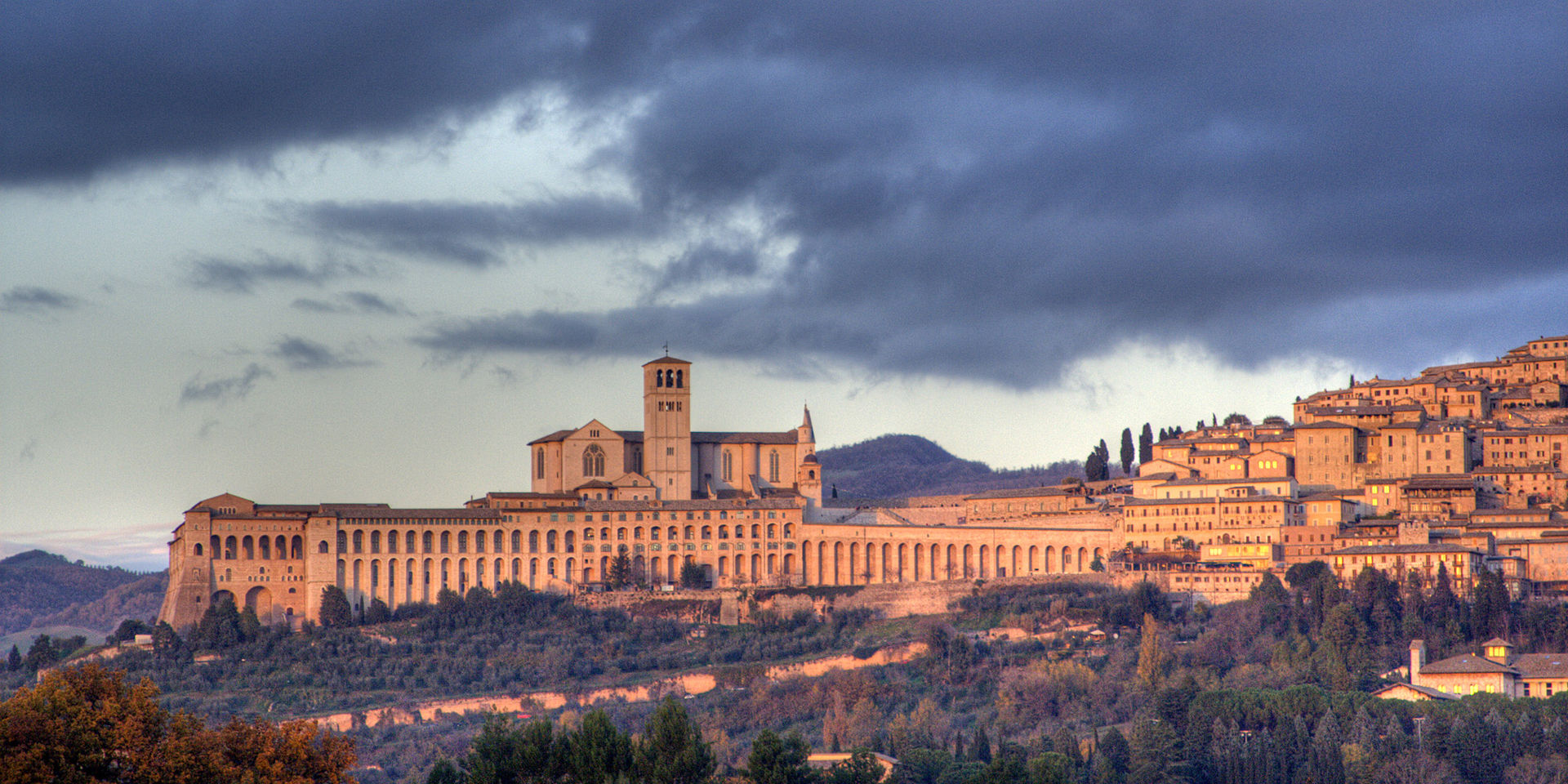
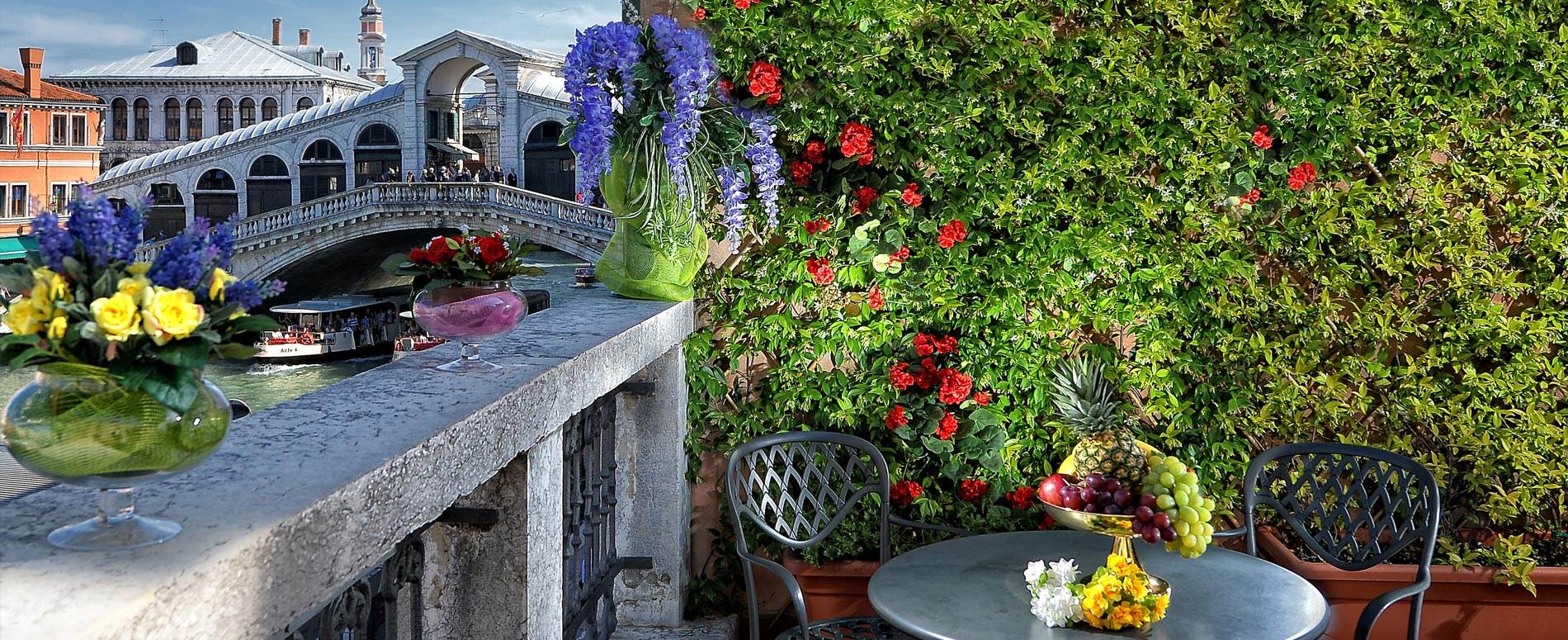
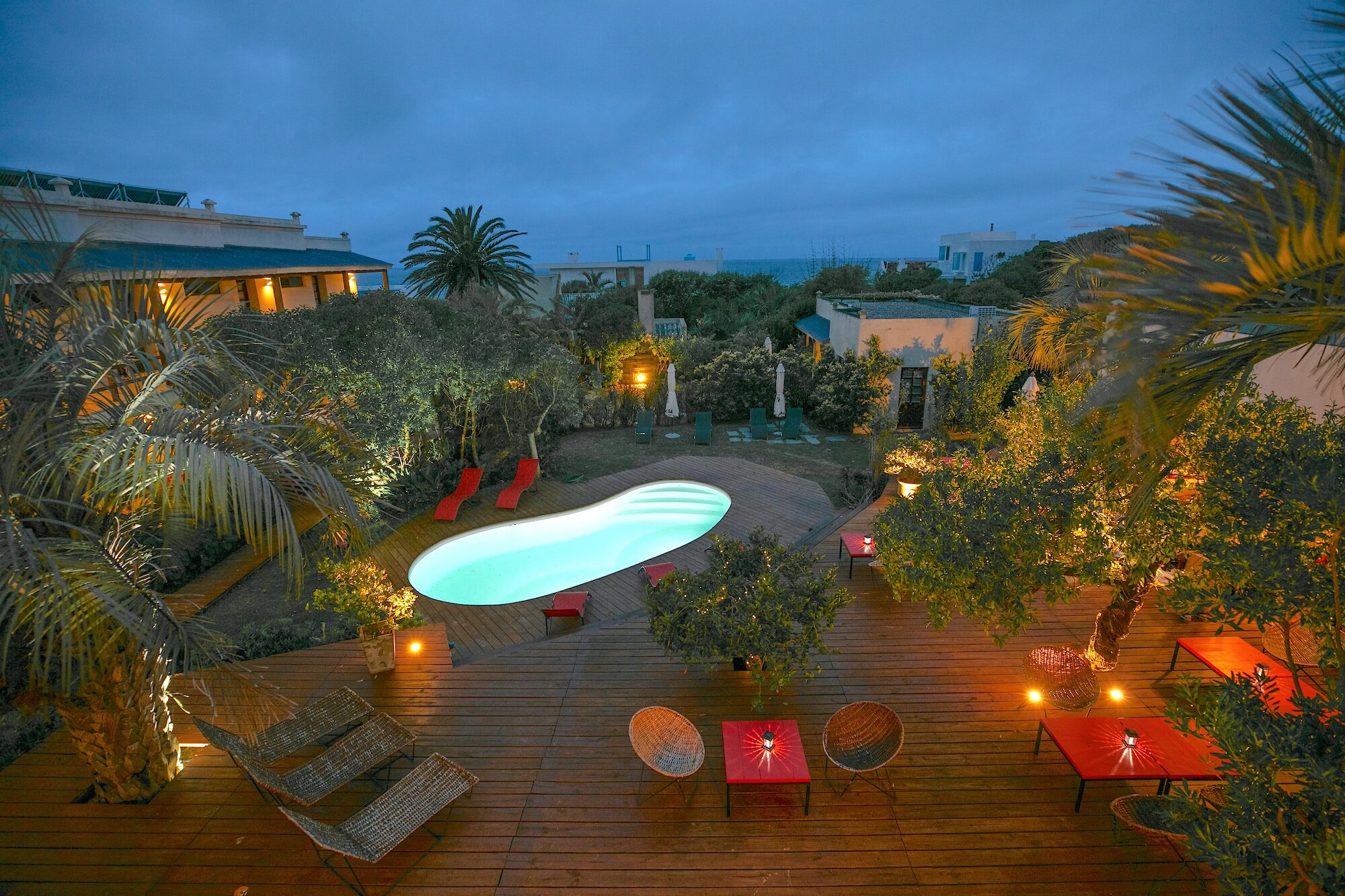
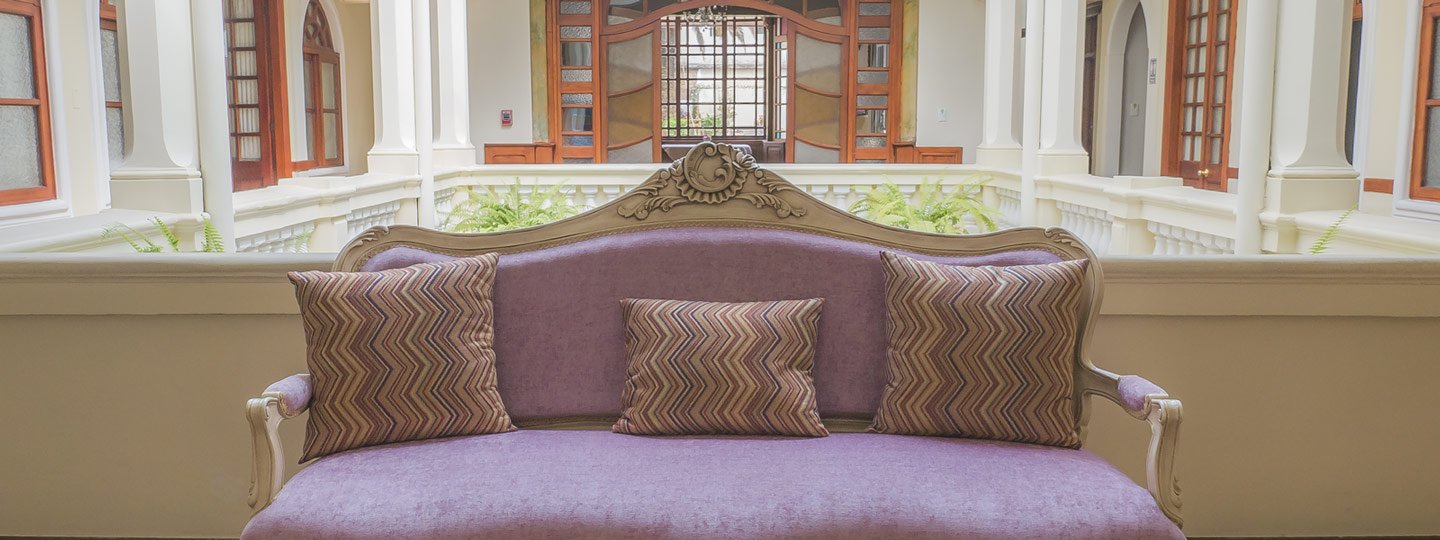
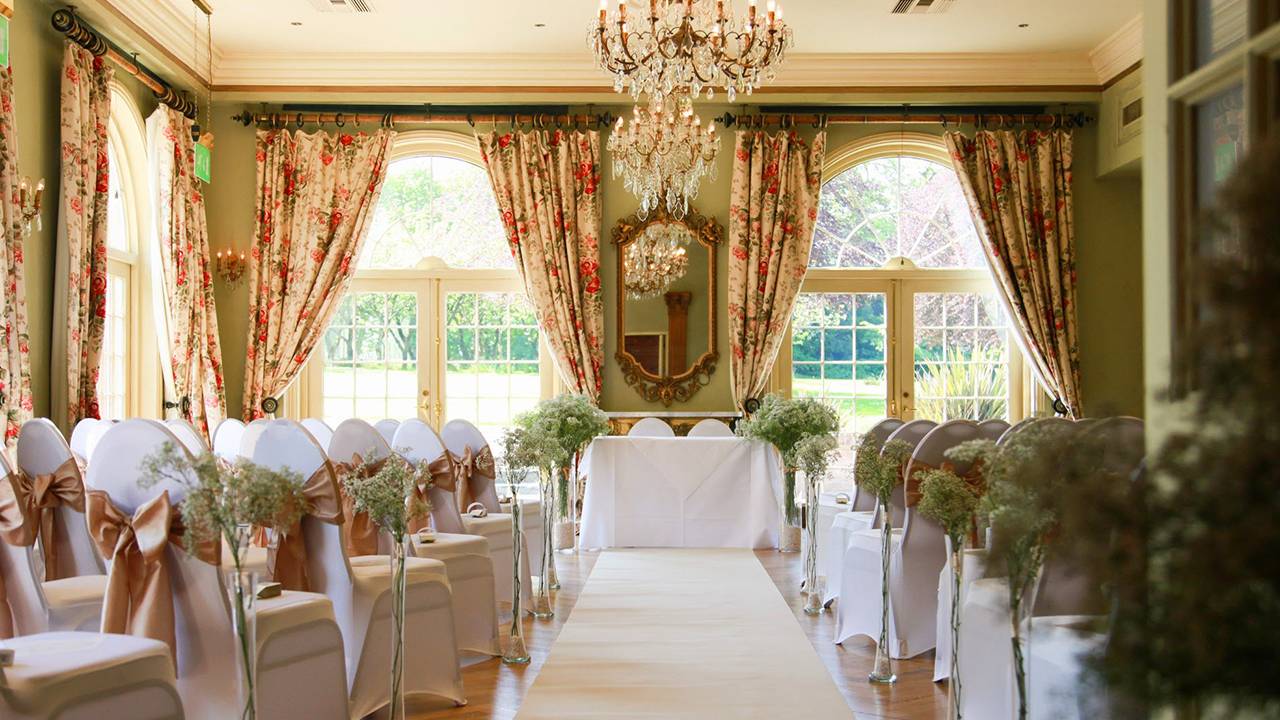
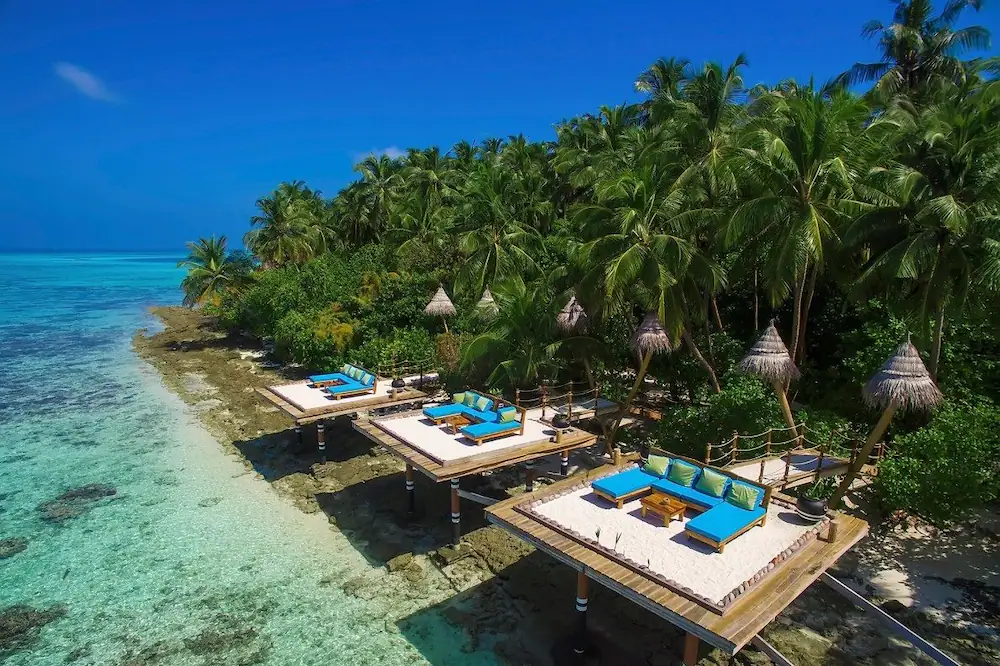
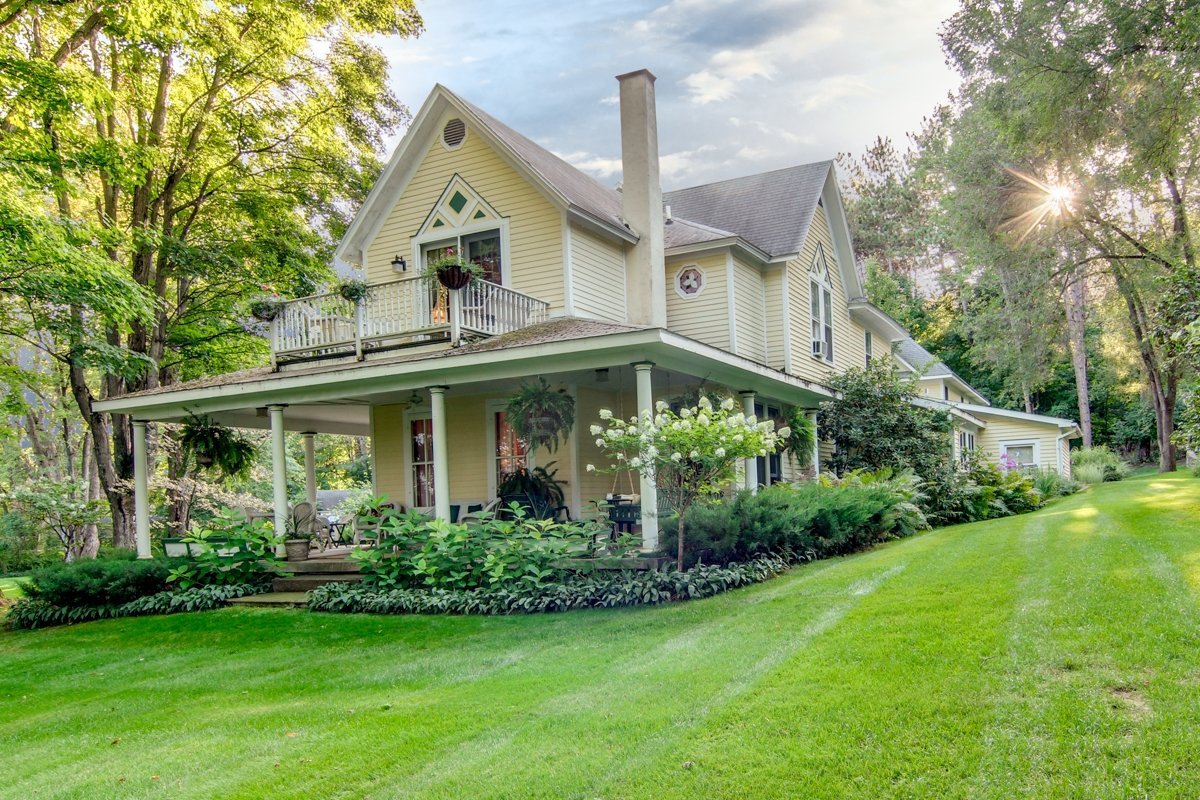
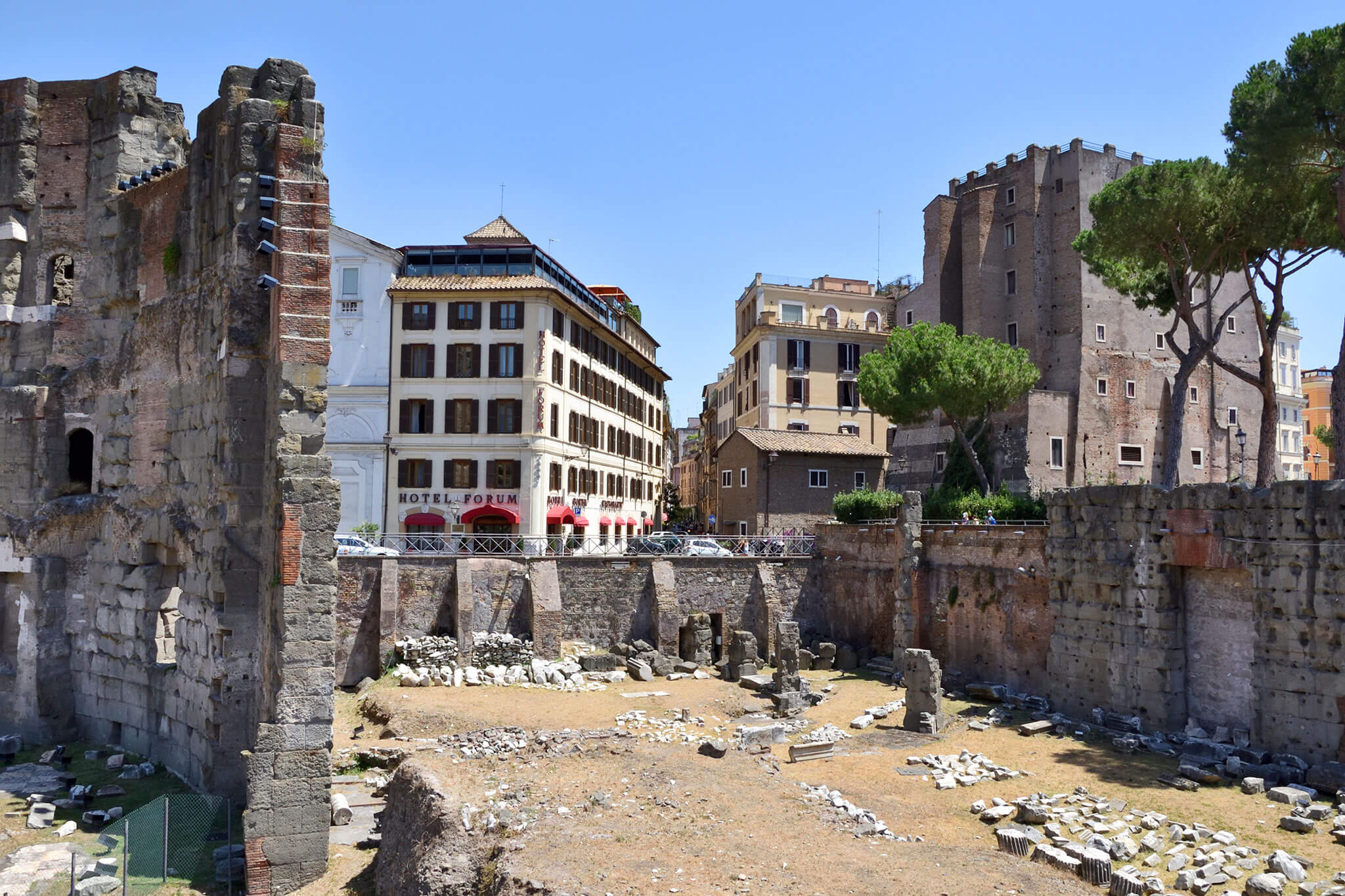
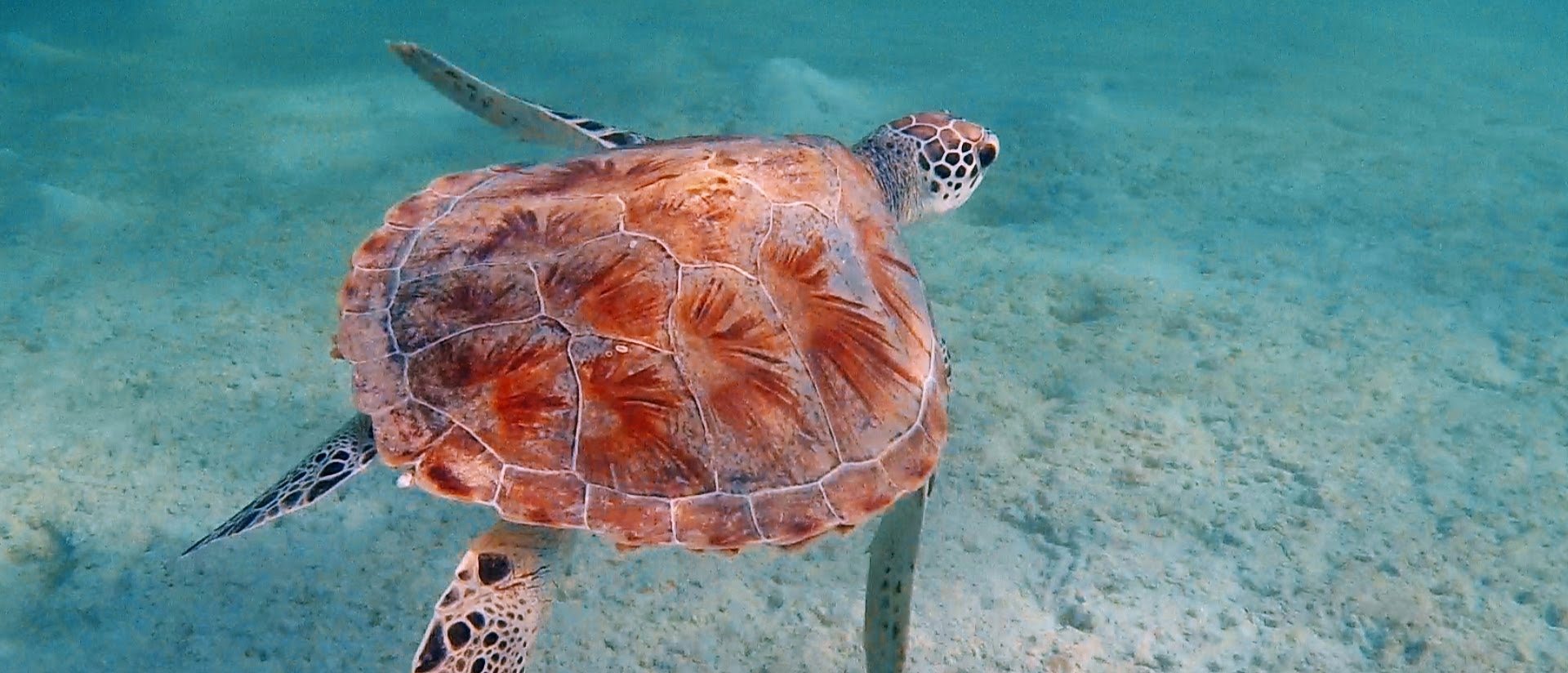
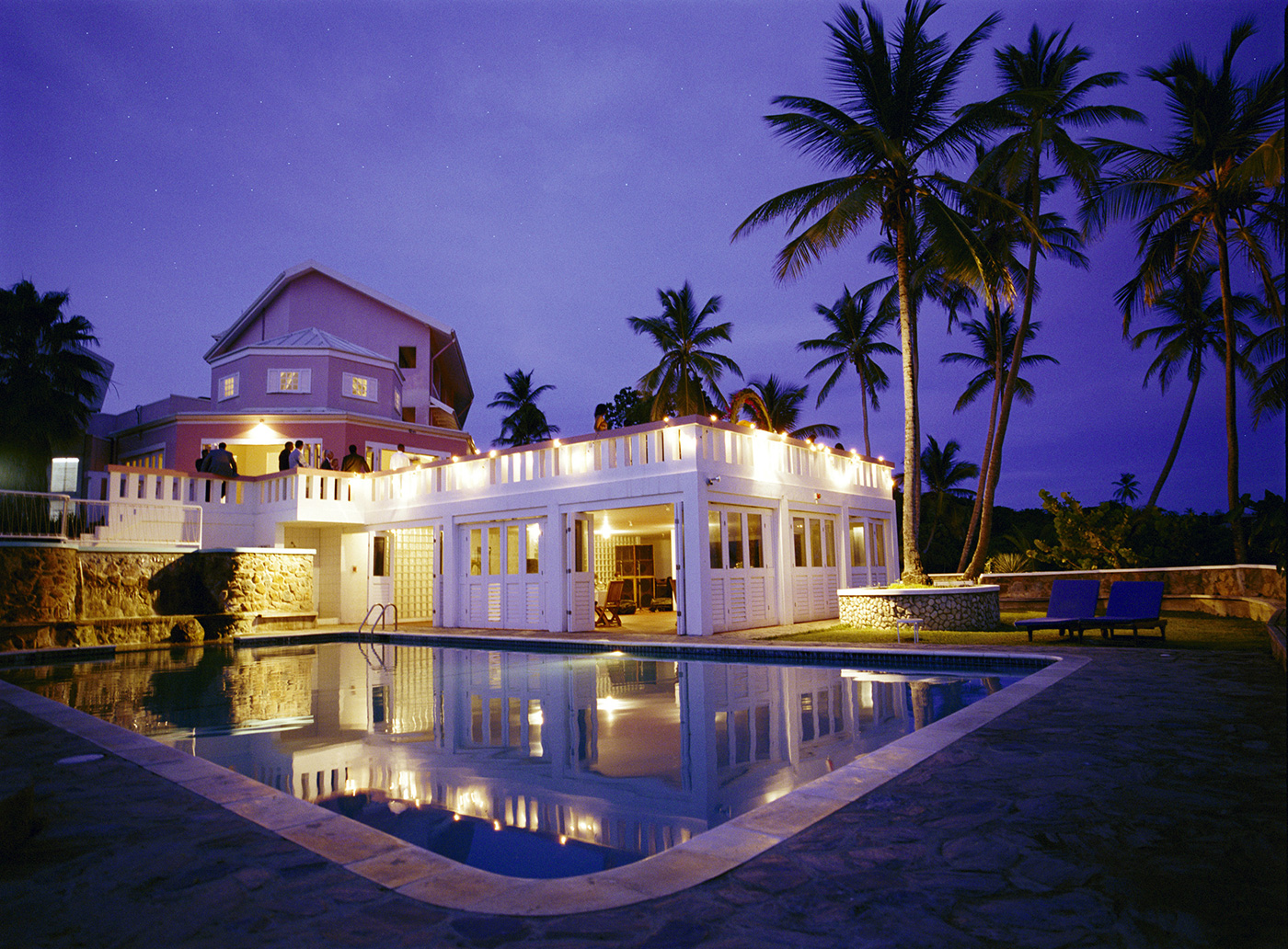
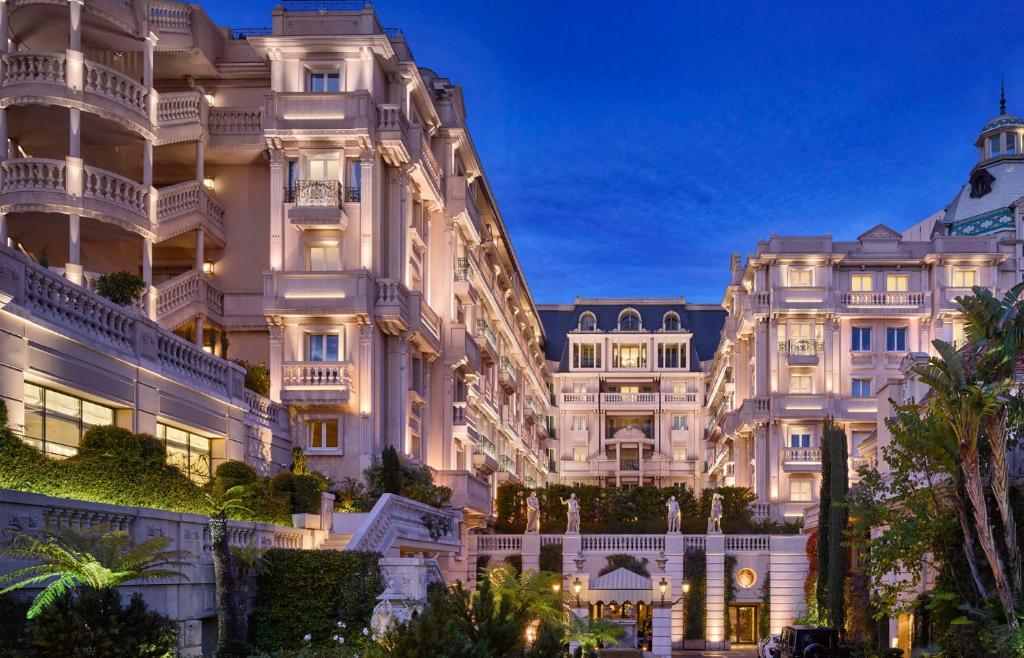
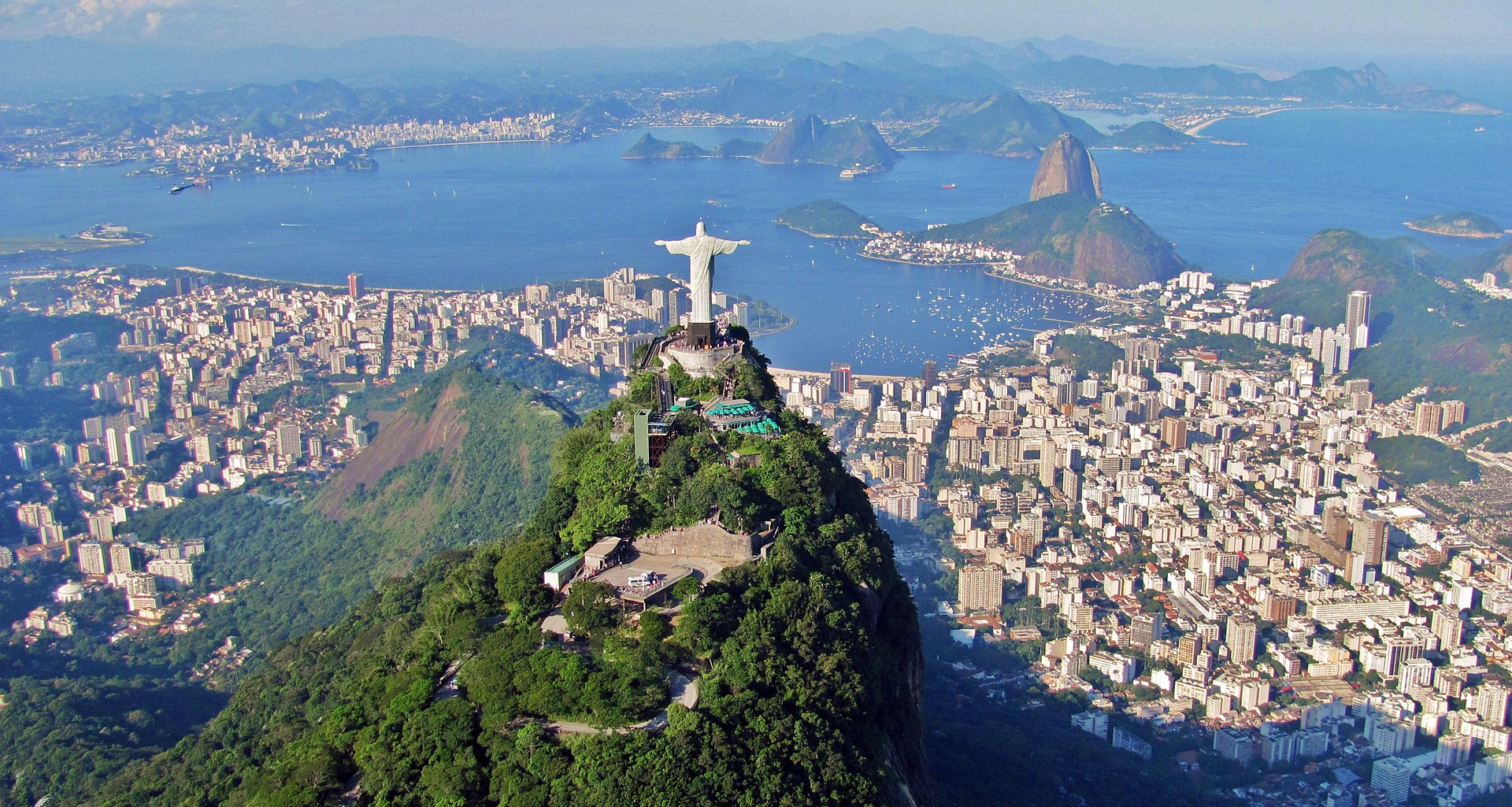
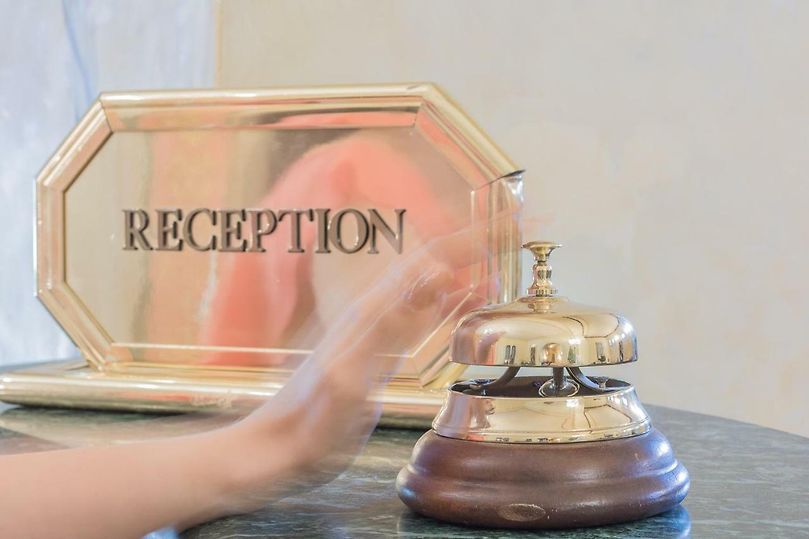
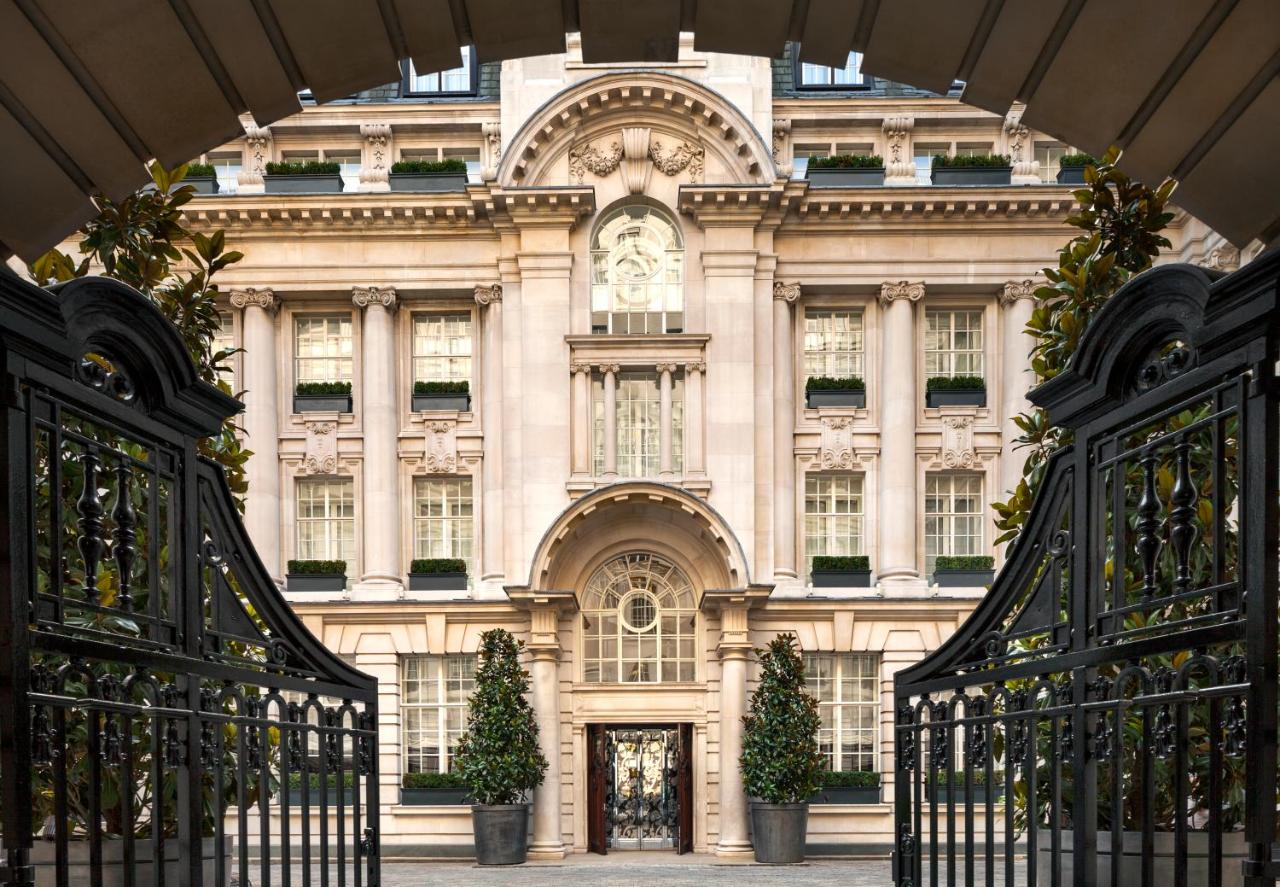
Nahoon Valley Park, East London, Eastern Cape, South Africa
Agent: Cliff Jacobs - Managing Principal Estate Agent & CEO (Nat.Dpl.Hotel Man (UJ). M.P.R.E.)
Agent Cellphone: +27 (0) 84 413 1071 / +27 (0) 61 716 6951
Agent Office Number: +27 (0) 84 413 1071
Agent Email Address: cliff@exquisitehotelconsultants.com
Type: Hospitality Homestay
Bedrooms: 5
Bathrooms: 4
Showers: 5
Parking: 4
Yield: Not Disclosed
Nahoon
The Nahoon River (Xhosa: Nxaruni) is situated in the city of East London on the east coast of South Africa.
Geography
It is to the east of the Buffalo River harbour, and is to the west of Gonubie River. The suburb of Nahoon is on its west bank and Beacon Bay is on the east bank. It flows through an estuary and Africa's southernmost mangrove forest into the Indian Ocean. Its mouth is located near Nahoon Reef which is a famous surfing spot and is also known for attacks by great white sharks.
Water management
The Nahoon Dam supplies some of the water for the city of East London. Presently this river is part of the Mzimvubu to Keiskama Water Management Area.
Ecology
There is a small population of the endangered Eastern Province rocky (Sandelia bainsii) in the Nahoon river.
Nahoon Nature Reserve
The Nahoon Nature Reserve, part of the greater East London Coast Nature Reserve, is a nature reserve in the Wild Coast region of the Eastern Cape. The reserve is located on the northern bank of the Nahoon River estuary.
History
This 33 ha reserve was established in 1988 along with the Quenera Nature Reserve for the conservation of the region's fauna and flora.
East London
East London (Xhosa: eMonti; Afrikaans: Oos-Londen) is a city on the southeastern coast of South Africa, in the Buffalo City Metropolitan Municipality, Eastern Cape Province. The city lies on the Indian Ocean coast, largely between the Buffalo River and the Nahoon River, and hosts the country's only river port. As of 2011, East London had a population of over 267,000 with over 755,000 in the surrounding metropolitan area.
History
Early history
John Bailie, one of the 1820 Settlers, surveyed the Buffalo River mouth and founded the town in 1836. There is a memorial on Signal Hill commemorating the event. The city formed around the only river port in South Africa and was originally known as Port Rex. Later it was renamed London in honour of the capital city of the United Kingdom, hence the name East London. This settlement on the West Bank was the nucleus of the town of East London, which was elevated to city status in 1914.
During the early to mid-19th century frontier wars between the British settlers and the local Xhosa inhabitants, East London served as a supply port to service the military headquarters at nearby King William's Town, about 50 km (31 mi) away. A British fort, Fort Glamorgan, was built on the West Bank in 1847, and annexed to the Cape Colony that same year. This fort is one of a series of British-built forts, including Fort Murray, Fort White, Fort Cox, Fort Hare, Fort Jackson and Fort Beaufort, in the border area that became known as British Kaffraria.
With later development of the port came the settlement of permanent residents, including German settlers, most of whom were bachelors. These settlers were responsible for German names of some towns in the vicinity of East London such as Stutterheim and Berlin. Today, German surnames such as Gehring, Salzwedel and Peinke are still common in East London, but the descendants of the settlers rapidly became Anglicised.
The existing port, in the mouth of the Buffalo River, adjoining the Indian Ocean, began operating in 1870. In 1872, the Cape Colony, under the leadership of its first Prime Minister John Molteno, attained a degree of independence from Britain. The new government merged the three neighbouring settlements of East London, East London East and Panmure in 1873, forming the core of the current municipality, and in 1876 it began construction on the region's railway lines, commencing on the river's east bank. At the same time, it began construction of the East London harbour. This new infrastructure rapidly accelerated development of the area into today's thriving city of East London.
The unusual double-decker bridge over the Buffalo River was completed in 1935, and to this day is the only bridge of its type in South Africa. Modern day attractions include the Gately House, City Hall, Cape Railways, Nahoon Museum, East London Museum housing the coelacanth, a prehistoric fish, thought to be extinct, discovered live at the Chalumna River mouth near East London by fishermen in 1938, and numerous memorial statues.
Apartheid era
In 1948, the National Party came to power in South Africa, and began to implement the policy of apartheid. Apartheid as a doctrine envisaged the total segregation of races in South Africa, and East London was no different. In 1950, the Group Areas Act was placed upon the statute books making absolute segregation in all urban areas mandatory. In 1951, the Land Tenure Advisory Board, the body created to enforce the act, conducted initial investigations into the reallocation of space along racial lines in East London. Residential segregation had long been practised in East London prior to the advent of apartheid. In 1941, the East London Municipality moved residents from East Bank townships to the newly built township of Duncan Village.
In 1951, all inter-racial property exchanges were prohibited in East London. In 1955, the Amalinda area was zoned as a White Group Area by Government Gazette Proclamation number 21. This meant that the municipality's plans to extend the area in order to accommodate the Black African population were abandoned. In 1953, residents in the East Bank were forcibly moved to the new township of Mdantsane. In February 1966, the South African government defined Mdantsane as a separate homeland township. In 1956, Prime Minister Hendrik Verwoerd, forbade the East London municipality from extending the existing Duncan Village township and sanctioned the building of Mdantsane.
In 1961, these plans provided for the allocation of a distinct wedge of the city for Asian and Coloured residence, which "incorporated the areas of North End and the recently proclaimed Buffalo Flats location. This plan occasioned tremendous resentment in the city prompting petitions and letters of complaint from numerous organisations including the Black Sash, trade unions and various Black community groups. In 1967, the East London Municipality proclaimed the majority of the city an area for White occupancy, with the exception of a broad sector of land encompassing the Parkside, Parkridge and Buffalo Flats areas which was zoned for Coloured residence. Certain parts of Duncan Village were abolished and its African residents removed, new coloured and Asian locations were built and proclaimed upon land in 1973. In the same year, the newly constructed location of Braelynn was proclaimed an Indian area while Buffalo Flats Extension and Pefferville were proclaimed as Coloured areas. The construction/ extension of Coloured areas and the Duncan Village were suspended in 1983.
Post-apartheid
At the end of apartheid in 1994, East London became part of the province of Eastern Cape. In 2000, East London became part of Buffalo City Metropolitan Municipality, also consisting of King William's Town, Bhisho and Mdantsane and is the seat of the Metro.
Geography and climate
East London has an oceanic climate (Köppen Cfb), bordering on a humid subtropical climate (Köppen Cfa), with the warm temperatures and moderation typical of the South African coastline. Although it has no true dry season, there is a drying trend in the winter, with the wettest times of year being spring and autumn. There is also a shorter and lesser dry period in December and January.
The all-time record low is 3 °C (37.4 °F), and the all-time record high is 44 °C (111.2 °F) on 13 March 2021. The hottest temperatures have been recorded in springtime and autumn, rather than the summer months, due to violent berg (foehn) winds. Temperatures above 38 °C (100 °F) have only been recorded early in the season, from August to December. Berg winds contribute to these high temperatures, as already warm air from the arid interior is further heated through compression as it drops over the escarpment to sea level. Although temperatures have never dropped below freezing since records began, East London has recorded snowfall in 1985 and 1989.
Economy
East London is the second largest industrial centre in the province. The motor industry is the dominant employer. A major Daimler plant is located next to the harbour, manufacturing Mercedes-Benz and other vehicles for the local market, as well as exporting to the United States and Brazil. Other industries include clothing, textiles, pharmaceuticals and food processing.
The period of international sanctions that followed in the 1980s damaged the economy of East London's harbour. Enormous investment in recent years, by corporations such as Daimler AG, has resulted in the harbour being developed to include a new car terminal.
From the 1960s until the 1990s, the apartheid government created tax and wage incentives to attract industries to the then black "independent states", including nearby Ciskei. Investment thus flowed into surrounding areas such as Fort Jackson and Dimbaza, leaving East London in relative isolation.
To encourage investment in East London, the East London Industrial Development Zone (IDZ) was established on the West Bank in 2004, close to both the port and airport. 1500ha of land has been made available, and the site is one of four duty-free development areas in South Africa.
Agent's Comments
Standing proud in the elevated hills of Nahoon Valley Park, this double-storey residence offers a rare blend of architectural finesse and elite comfort only a few get to experience.
From the moment you arrive, the glass-fronted entry door sets the tone—inviting you into a home where every finish has been curated for impact. Tray ceilings with core lighting add drama and dimension, while the fully fitted smart kitchen anchors the heart of the home with its centre island and touch-sensitive under-counter lighting. Smart too, with Backup power inverter.
Designed for both privacy and flow, the layout places the Primary suite and two bedrooms upstairs, with an entertainment lounge and two additional bedrooms below. Each of the five bedrooms are generously proportioned "boudoirs", fitted with built-in cupboards. Four enjoy the luxury of en suite bathrooms.
Entertainment is effortless here. Glass stack-away doors dissolve the boundary between indoor elegance and outdoor indulgence, opening the entertainment lounge to a covered patio and expansive pool with elevated valley views.
A (BONUS) stand-alone catering kitchen and double automated garage add to the home’s practical appeal, while two storerooms offer additional space for seasonal or lifestyle storage.
With high elevation and sweeping valley views, the property offers a sense of quiet grandeur, yet remains connected and just minutes from Hemingways Shopping Centre, top local schools, and direct N2 highway access. This is more than a home. It’s a statement of modern refinement, crafted for those who appreciate space, style, and the subtle power of a well-chosen smart detail.
Private viewings are available for those whose choices reflect not just Taste, but Intelligence. Chosen by Minds That Know, Because brilliance isn’t loud—it’s selective.
















































Cliff Jacobs (Nat Dpl Hotel Man (UJ). MPRE. GA Level 5 TEFL) Managing Principal / CEO Exquisite Hotel Consultants (Pty) Ltd Mobile: +27 (0) 84 413 1071 / +27 (0) 61 716 6951 Email: cliff@exquisitehotelconsultants.com Web: https://www.exquisitehotelconsultants.com © All rights reserved Terms and Conditions apply Scroll down to view our Hospitality Properties and Businesses for sale or lease or lease-to-buy or partnership arrangement or management agreement arrangement.